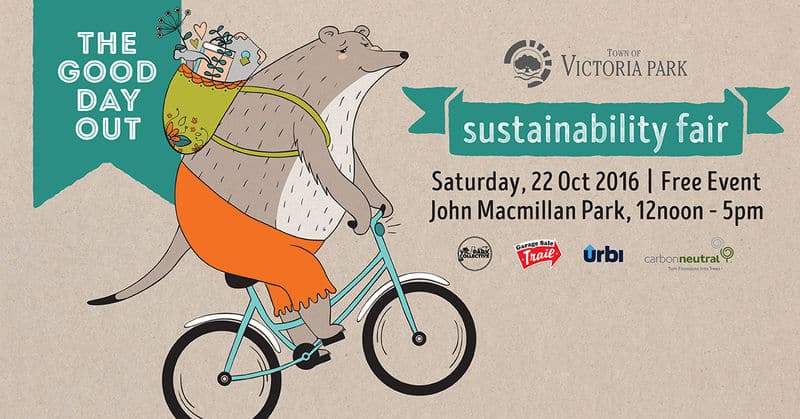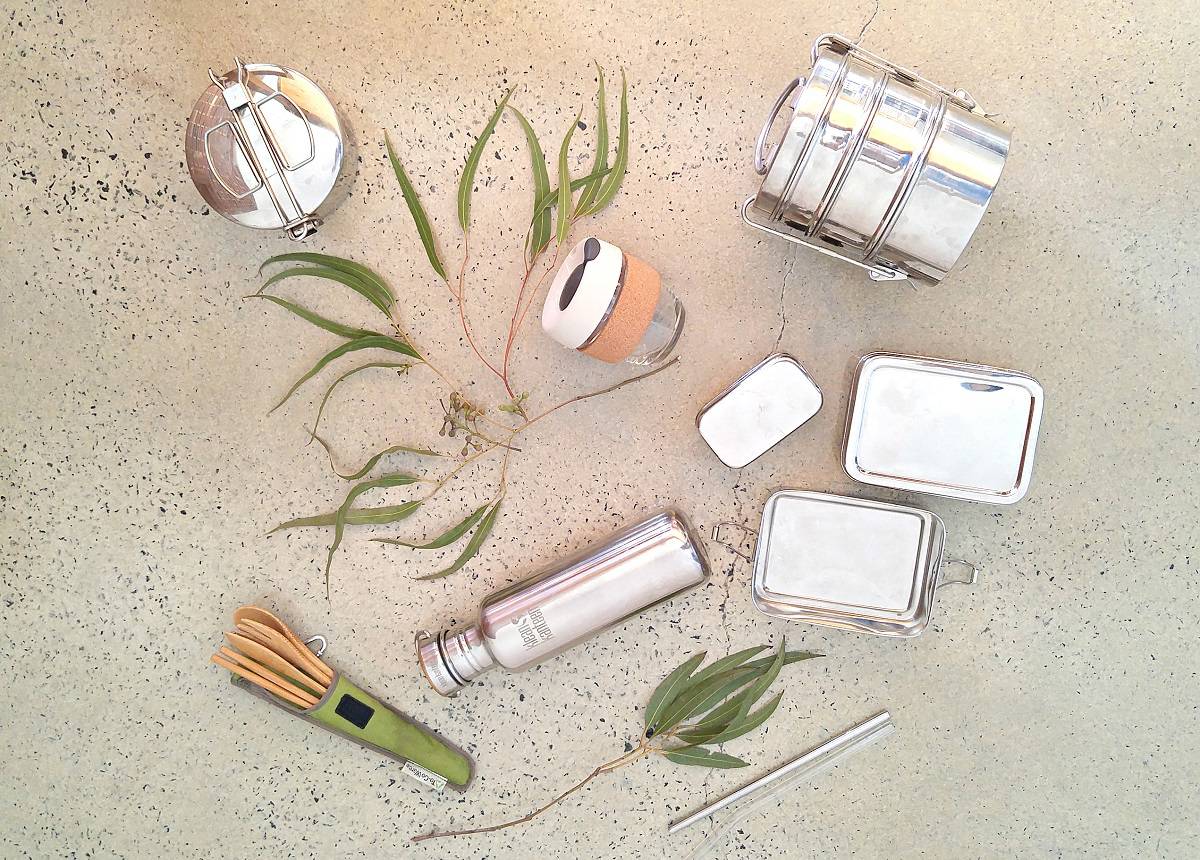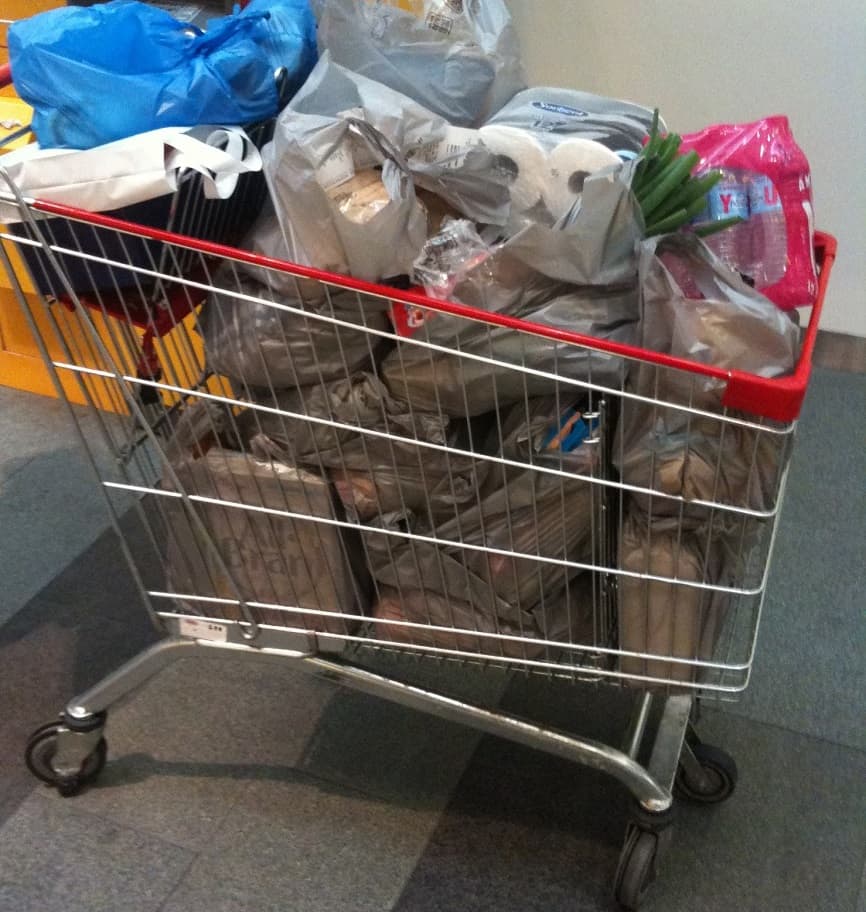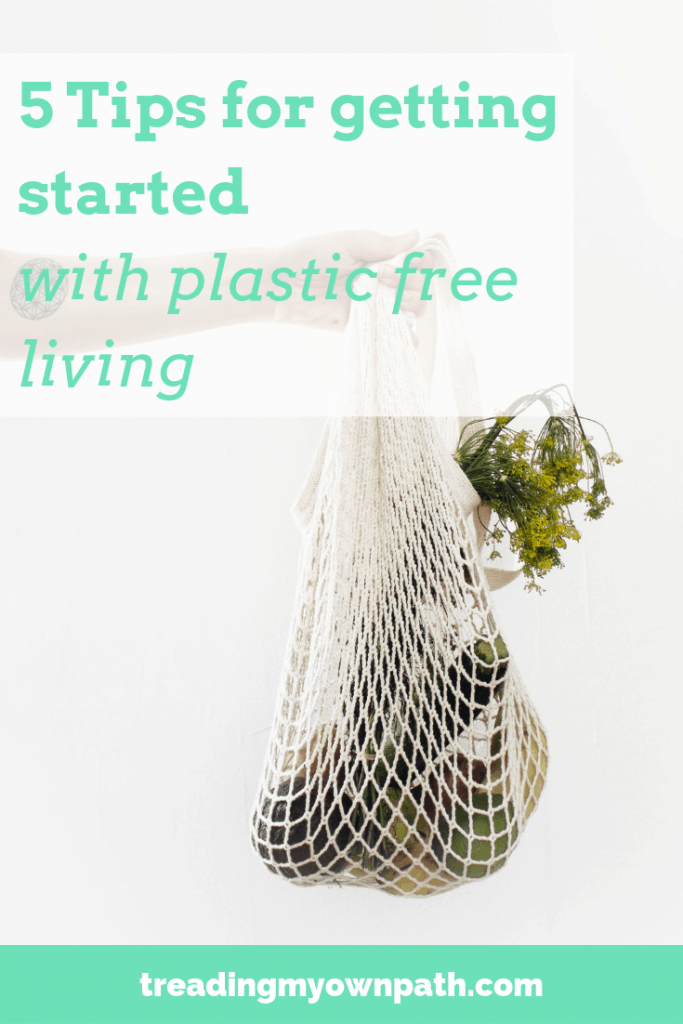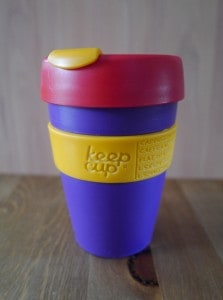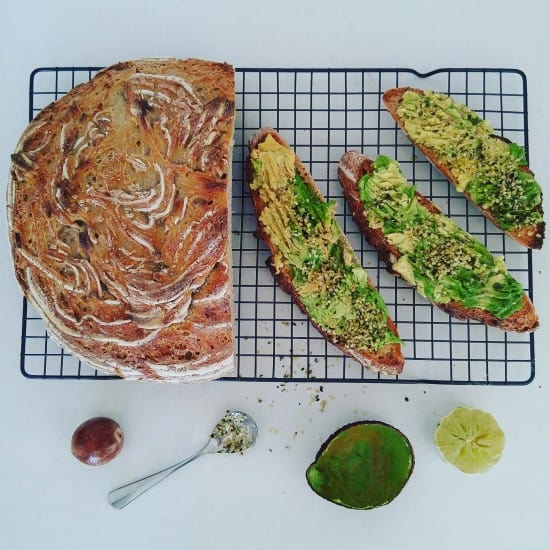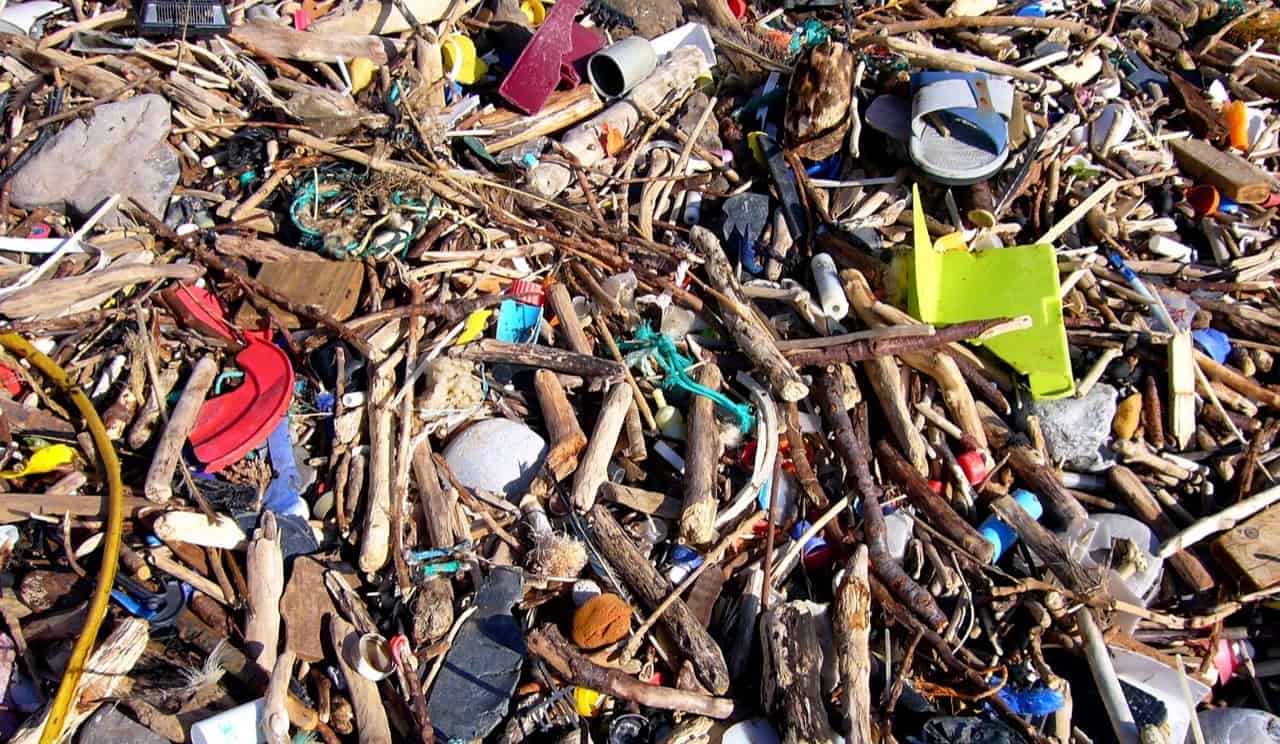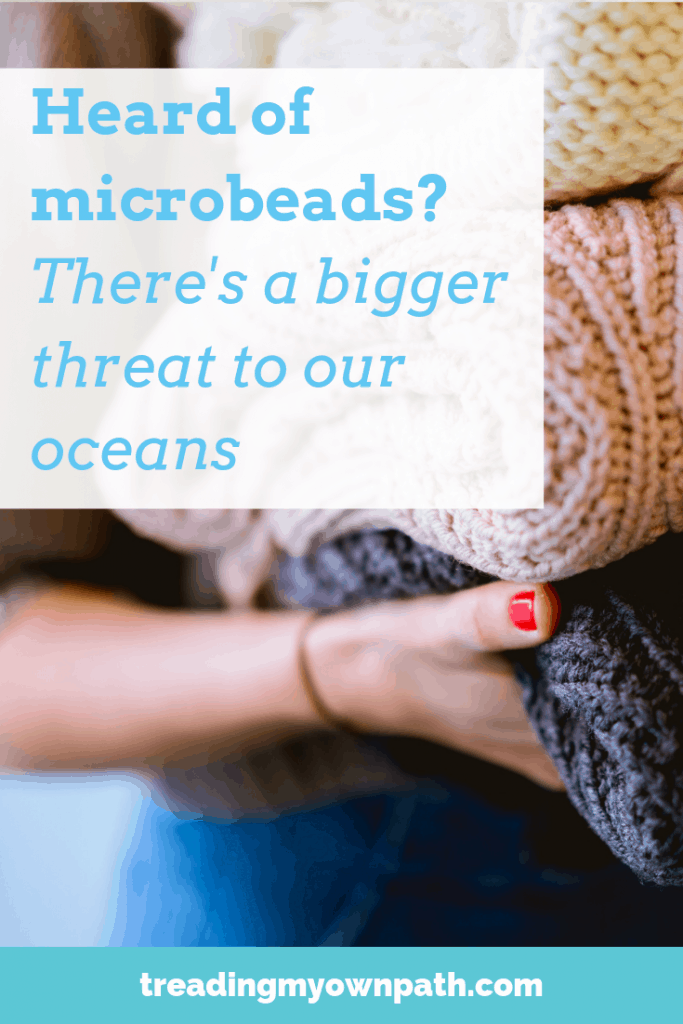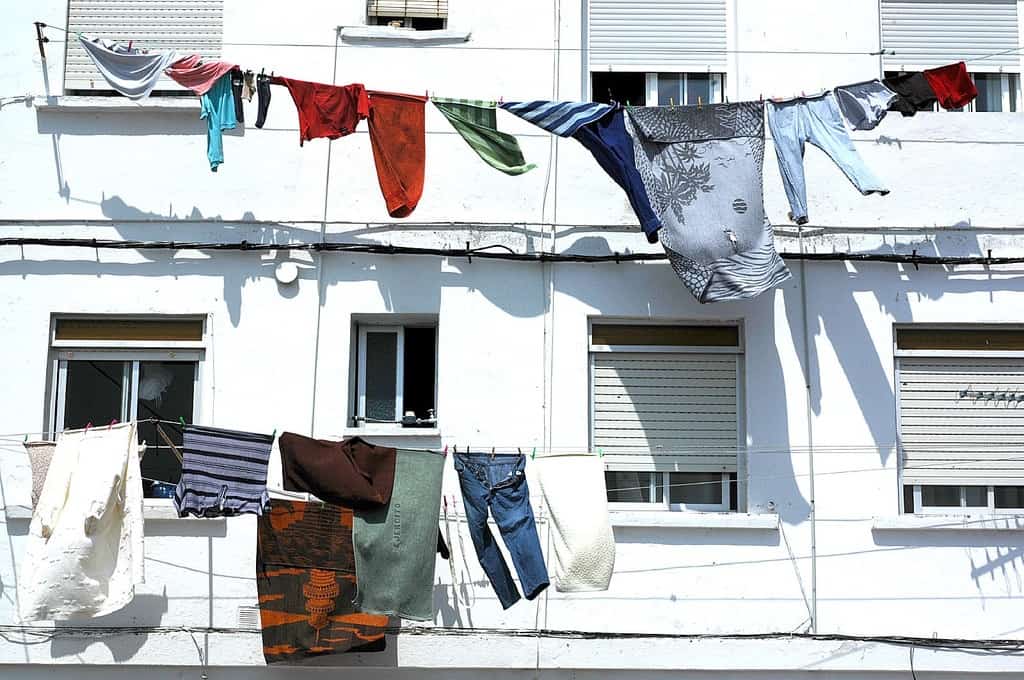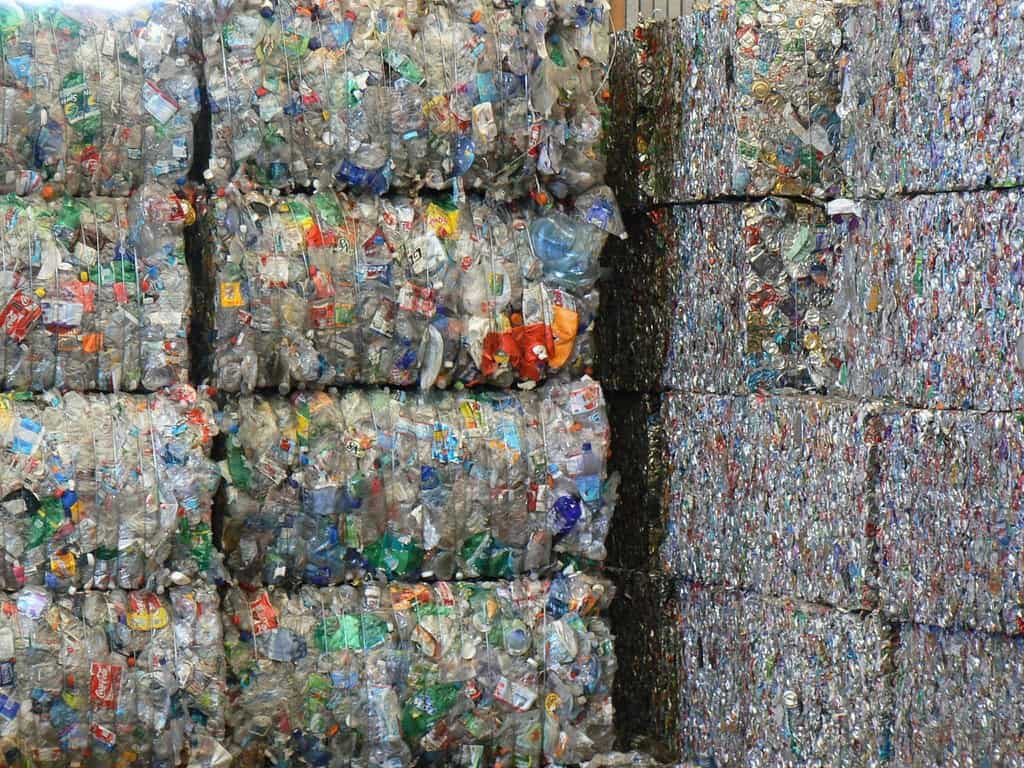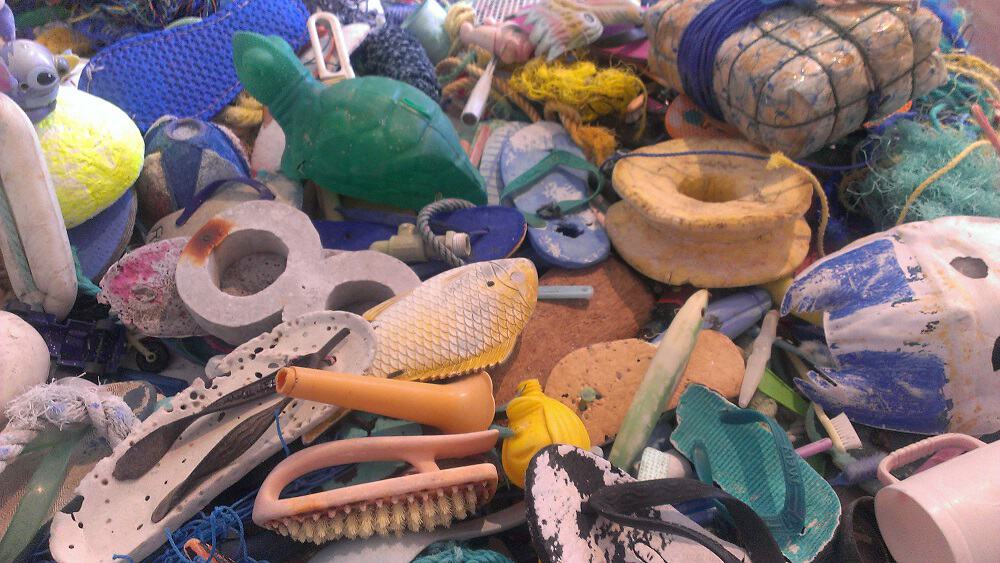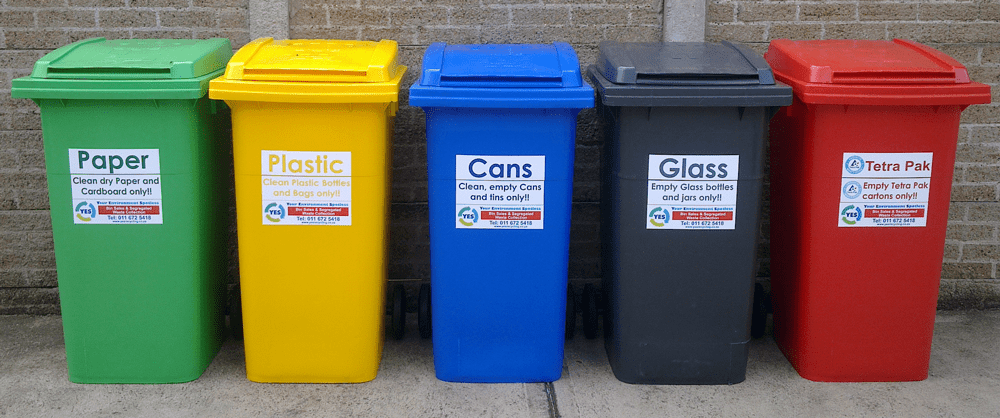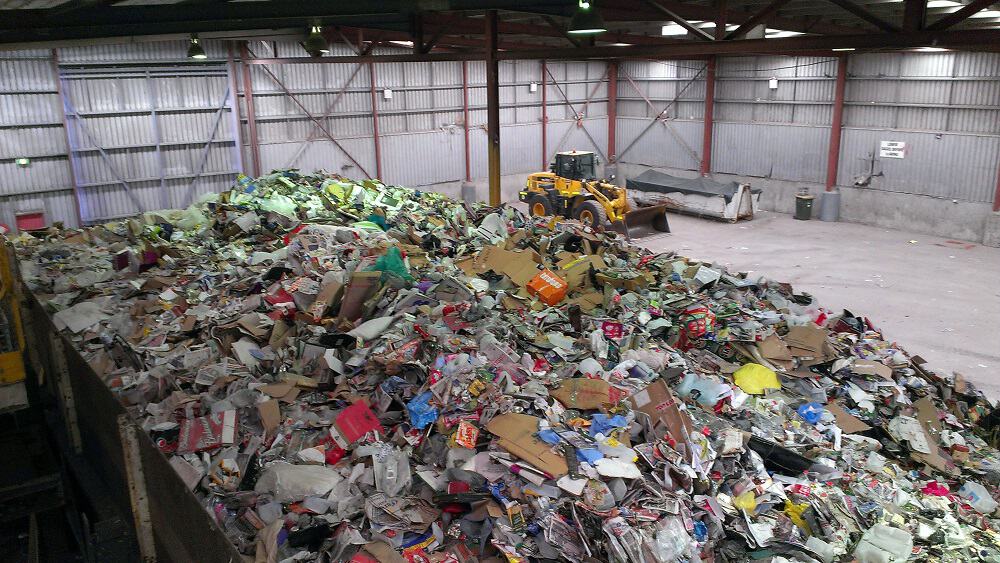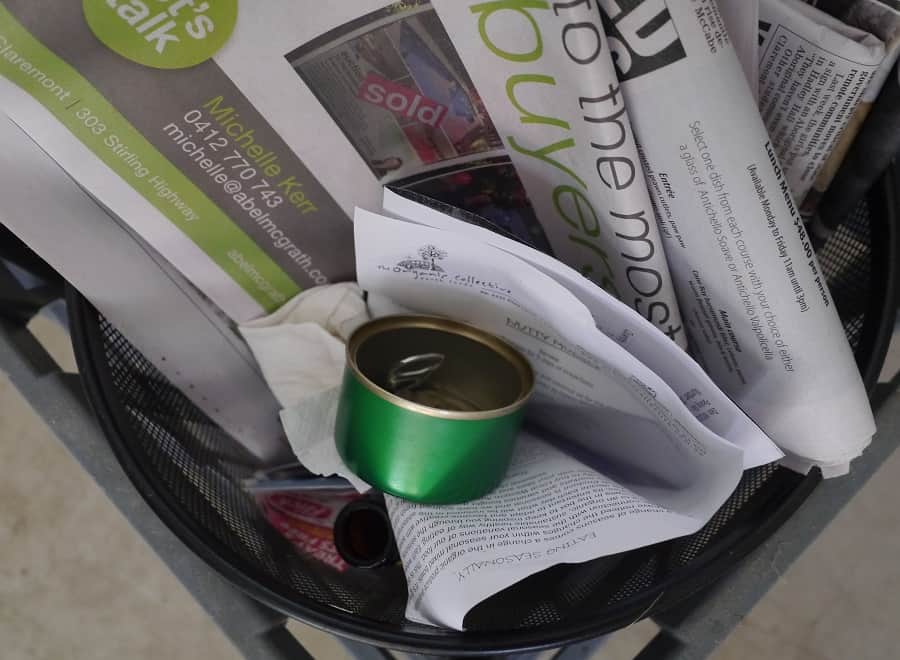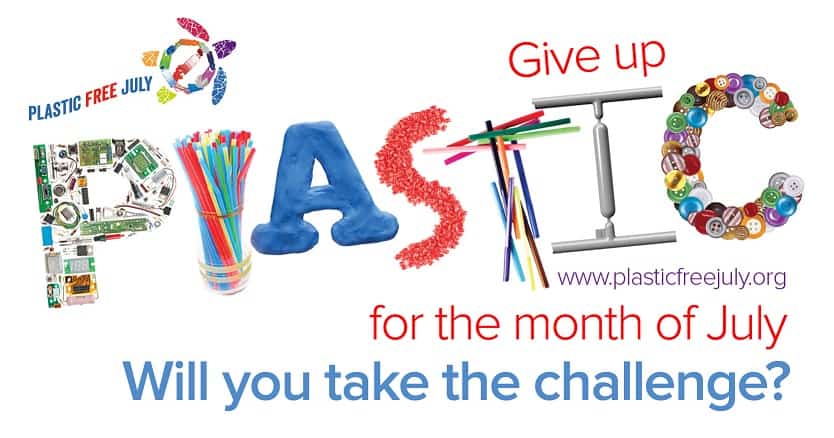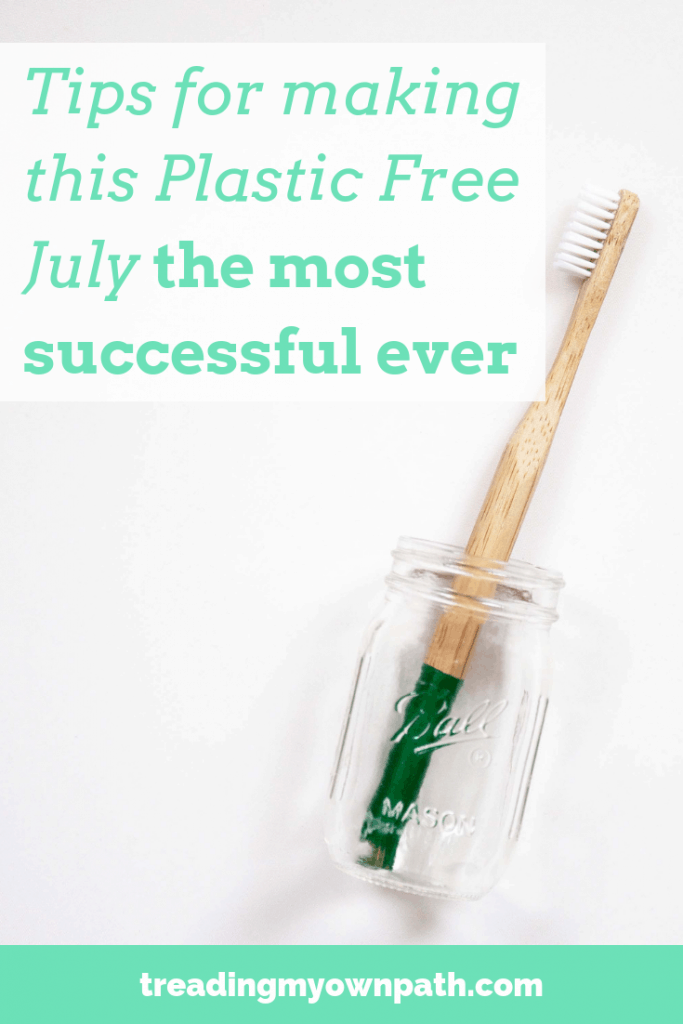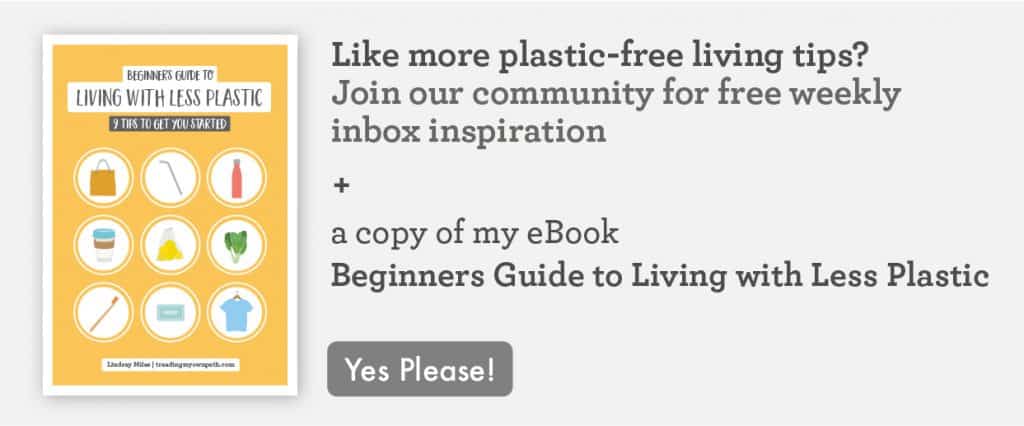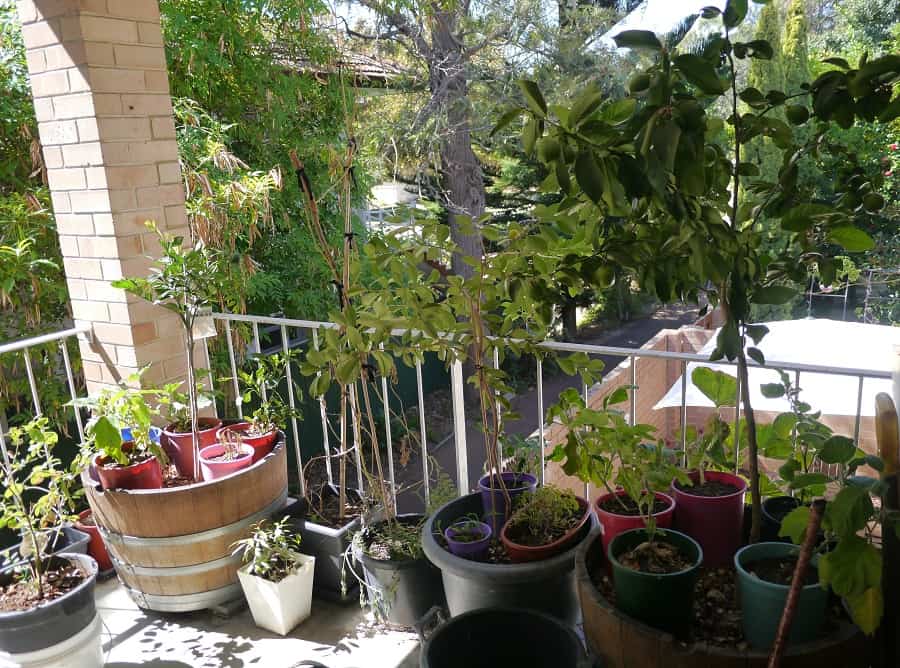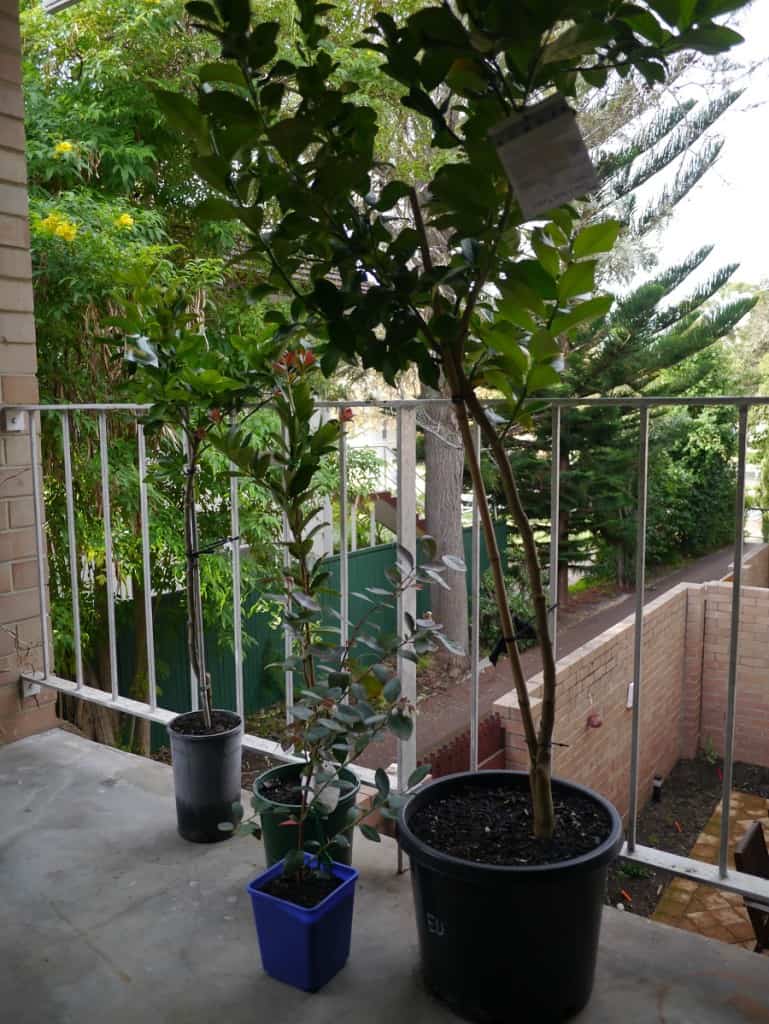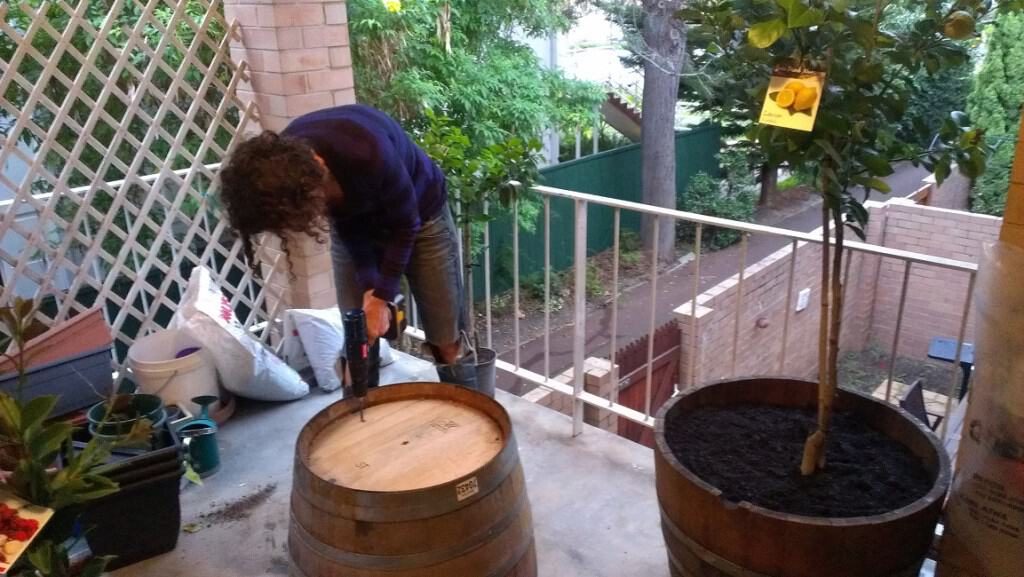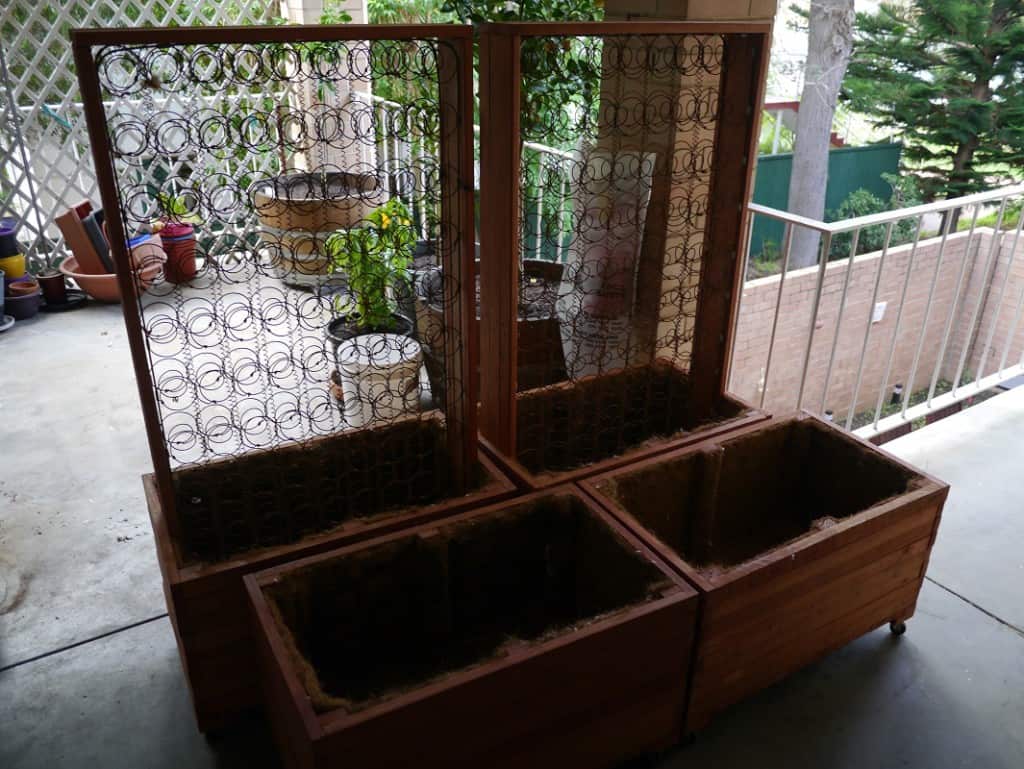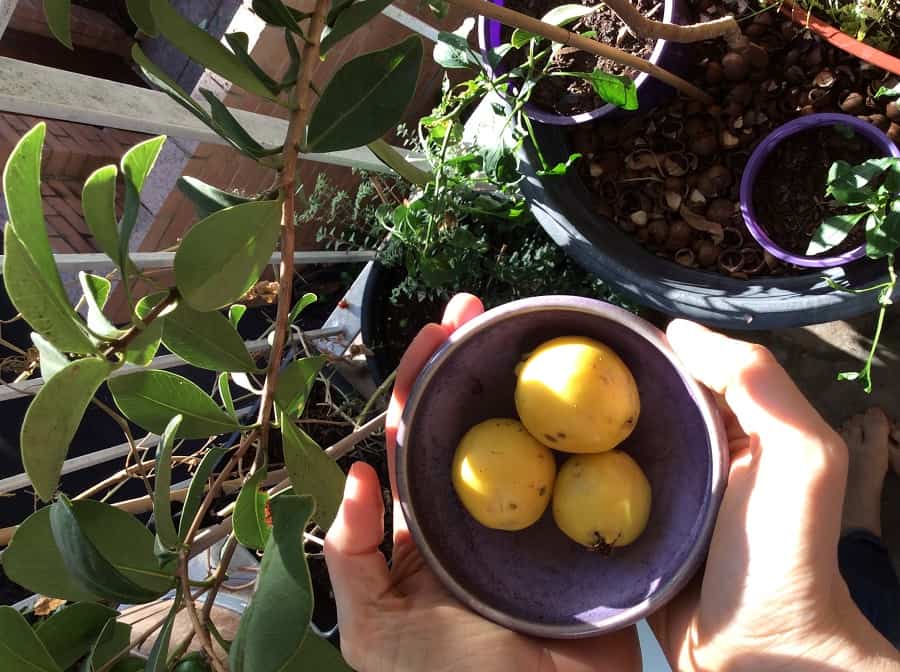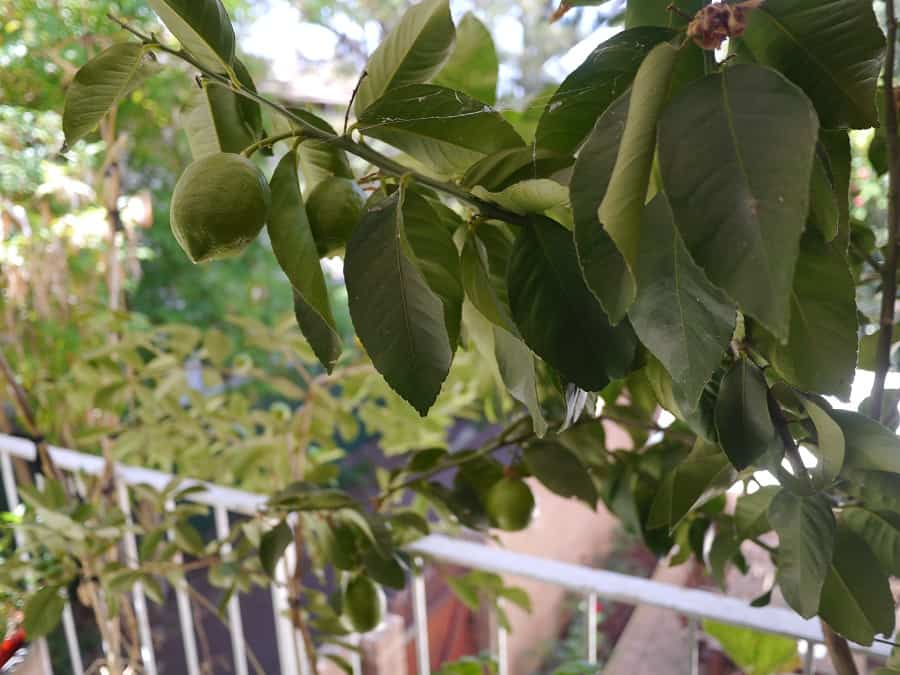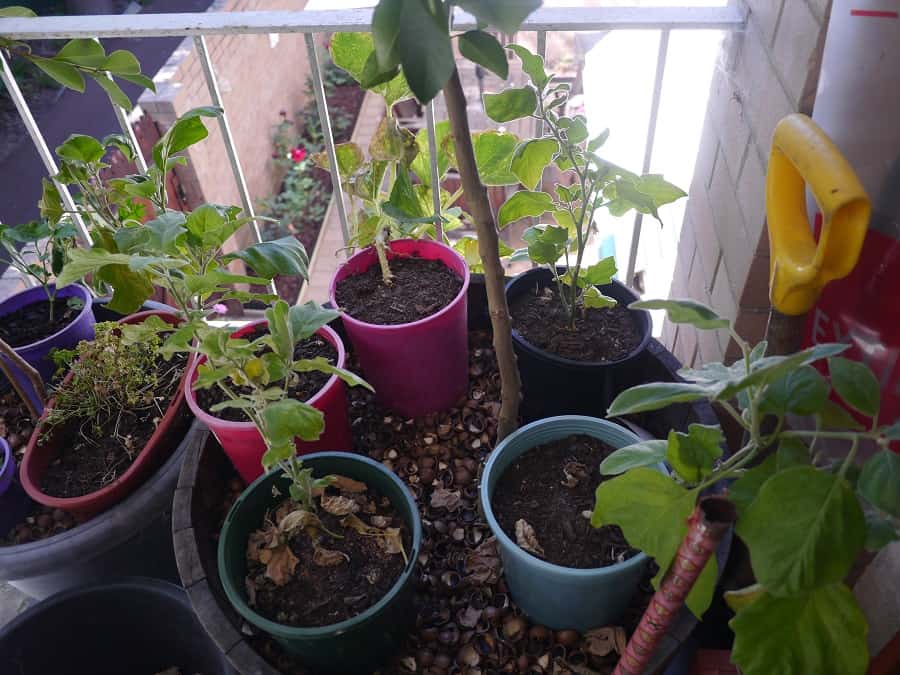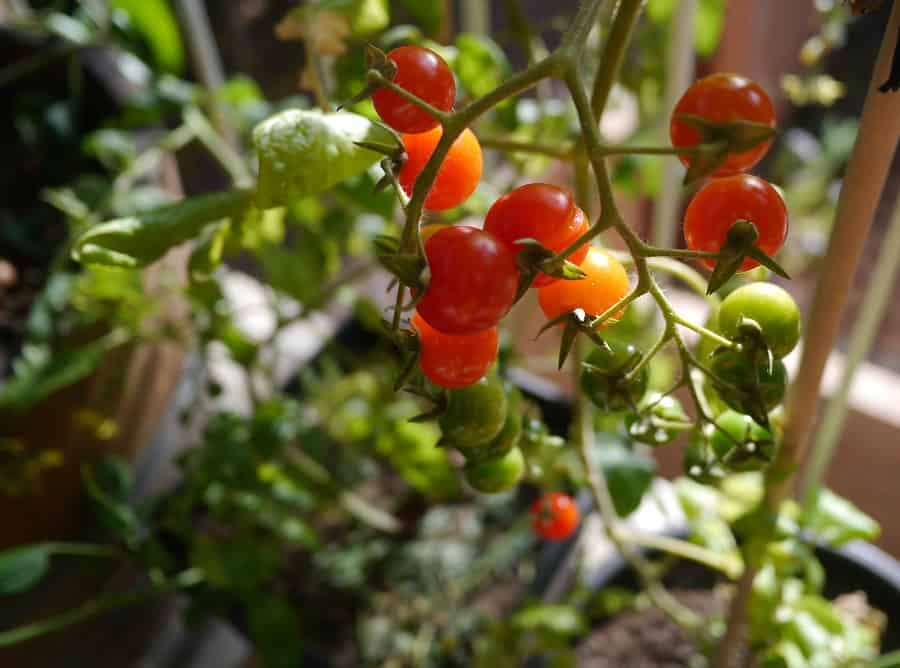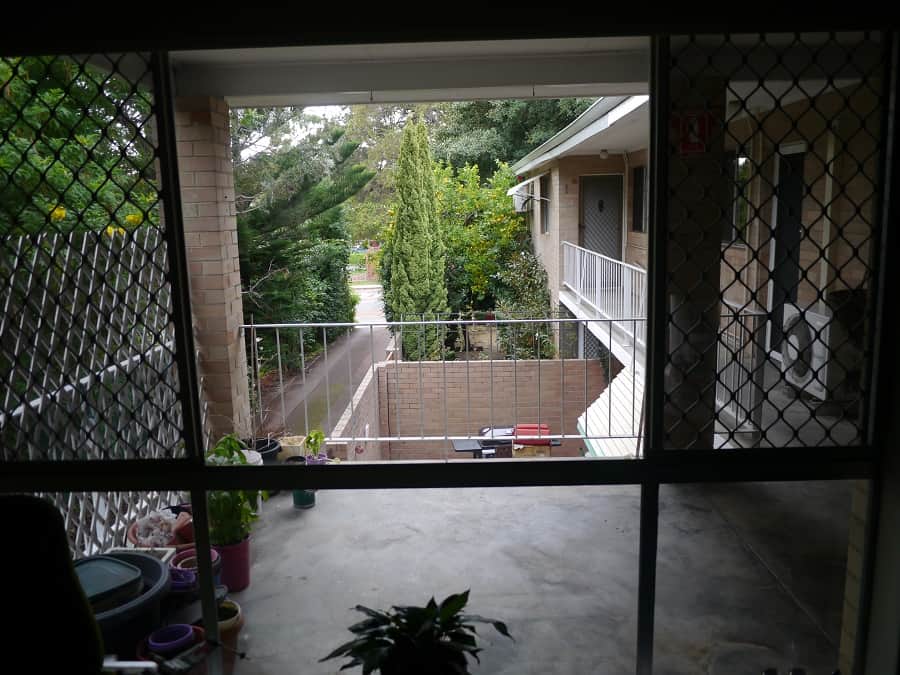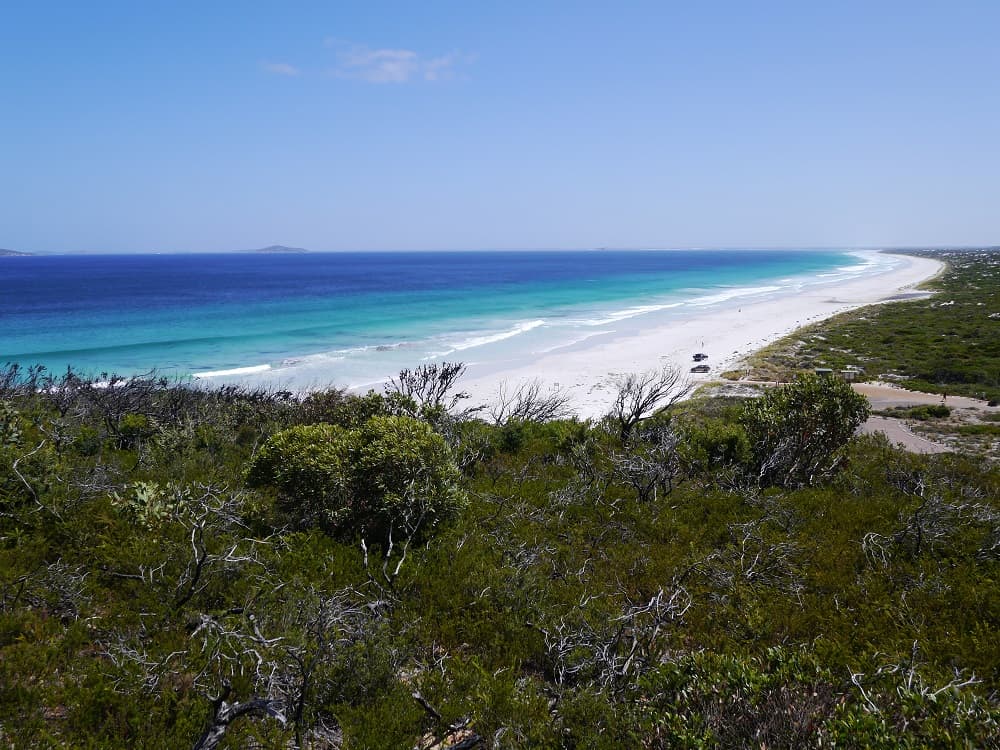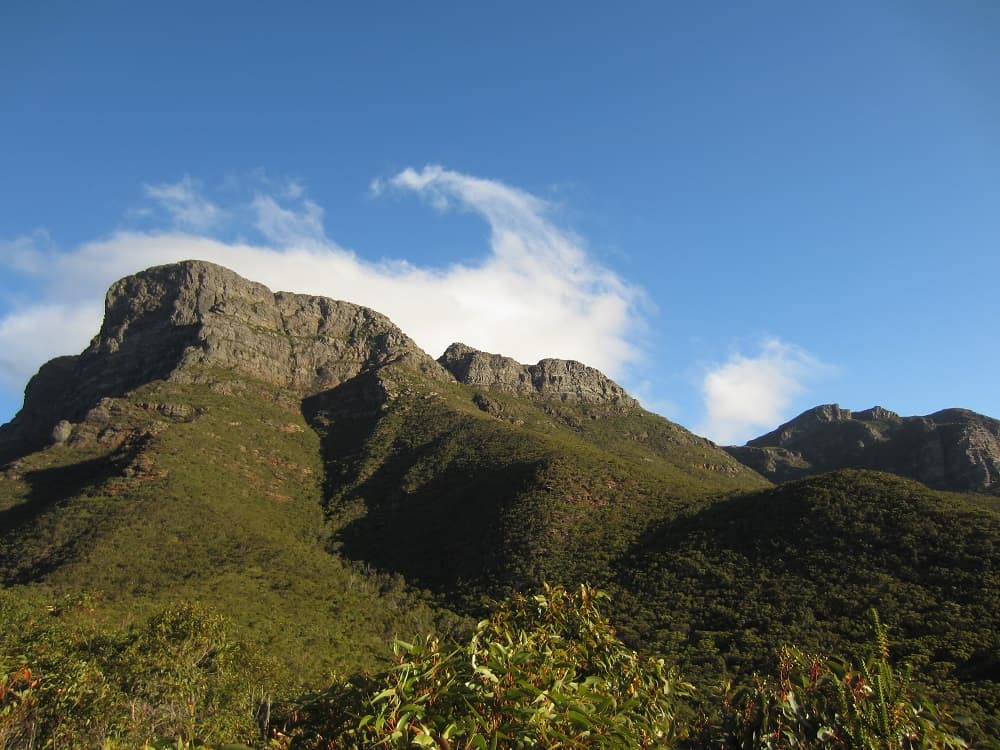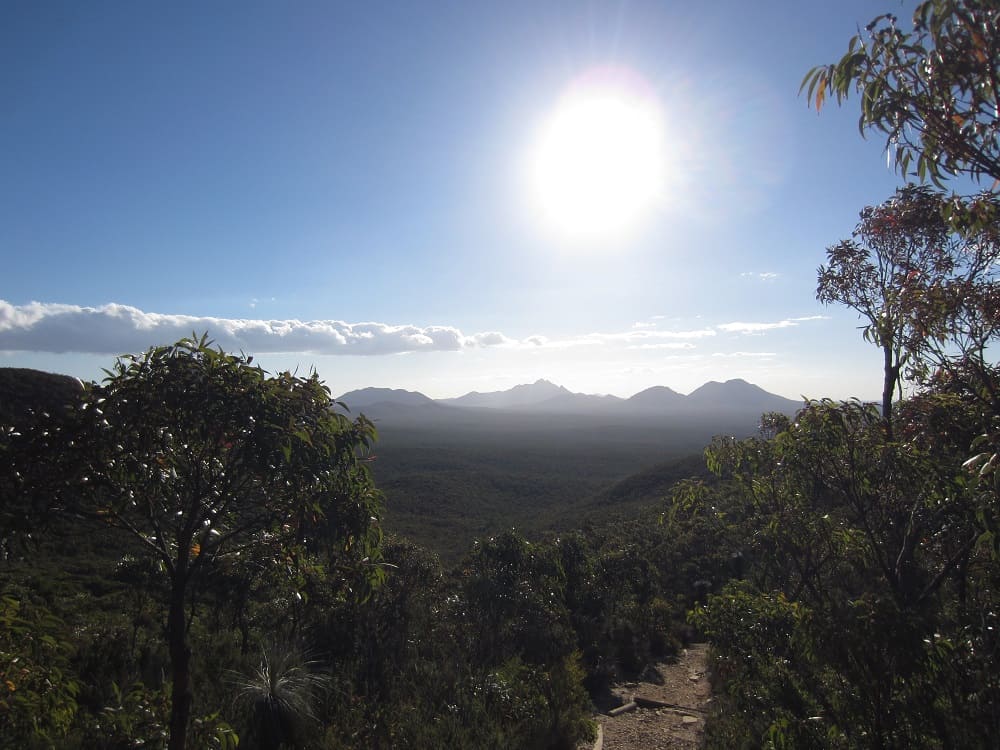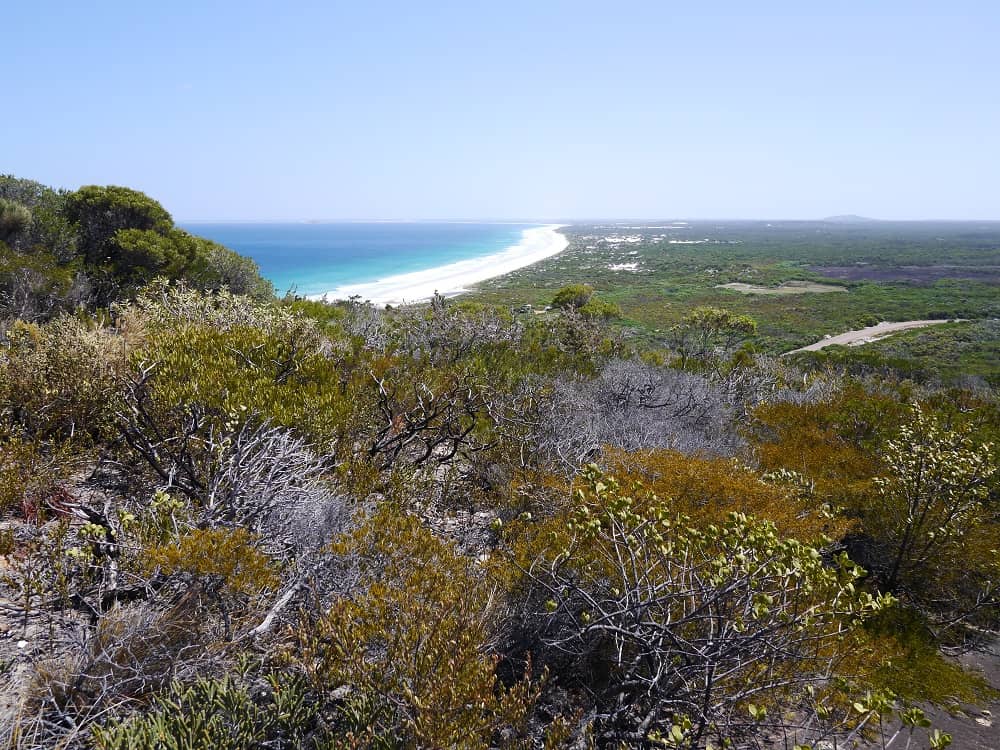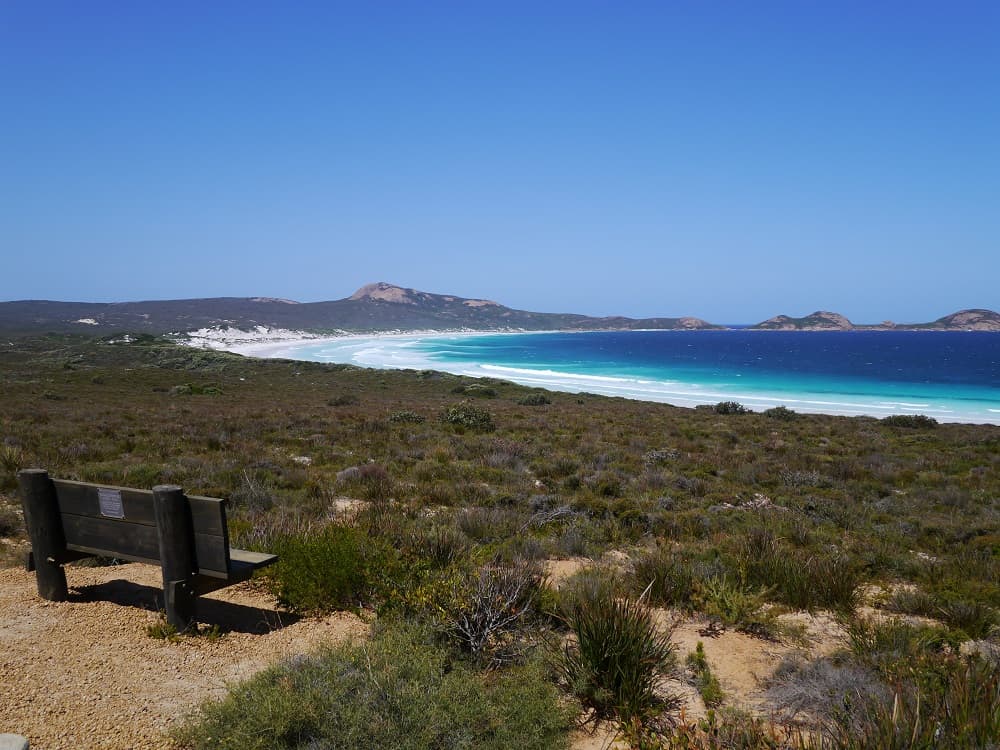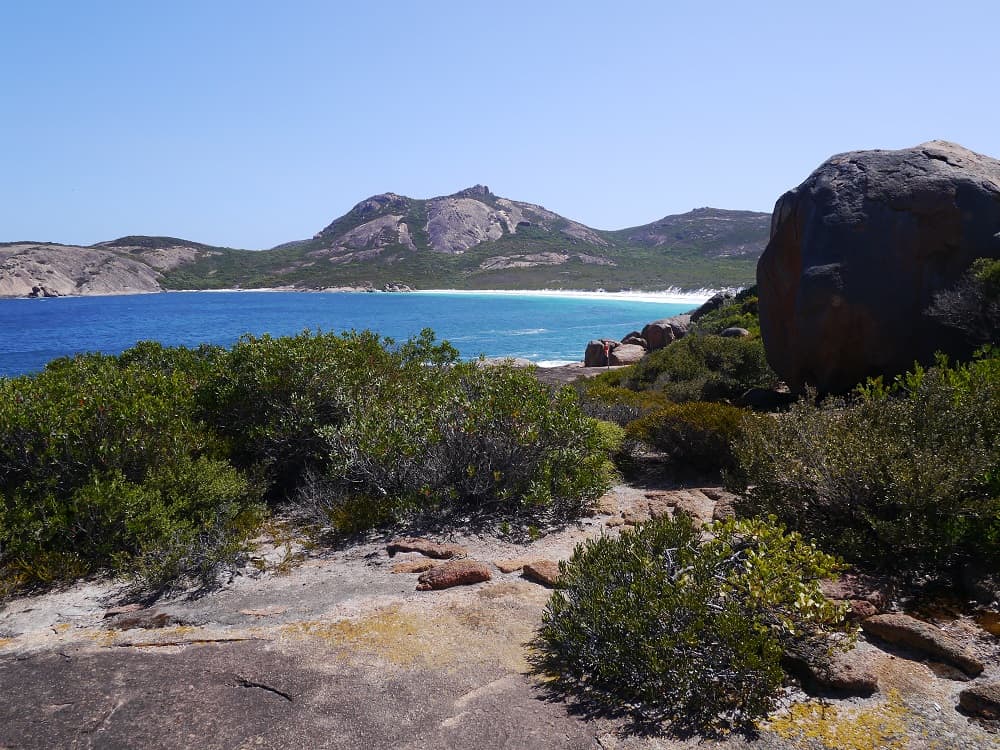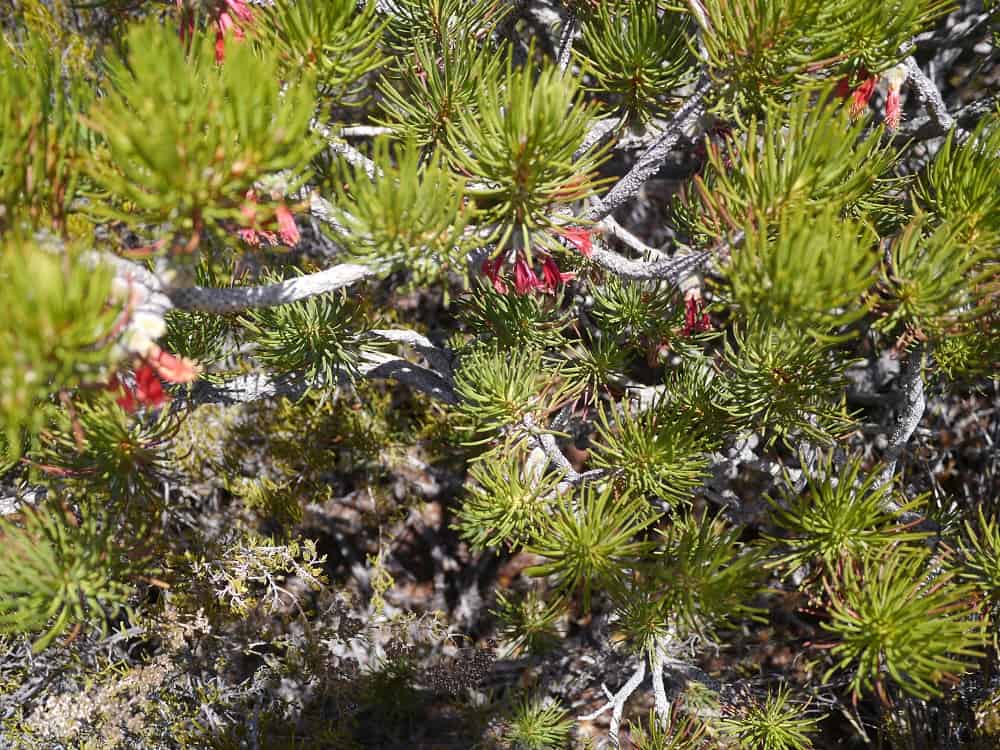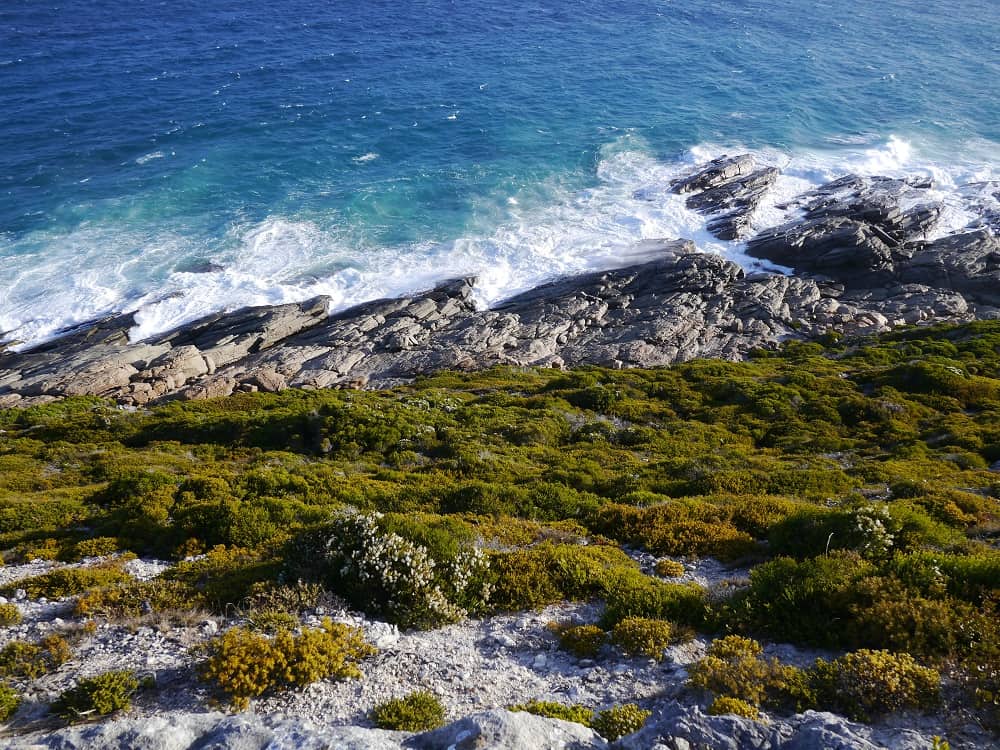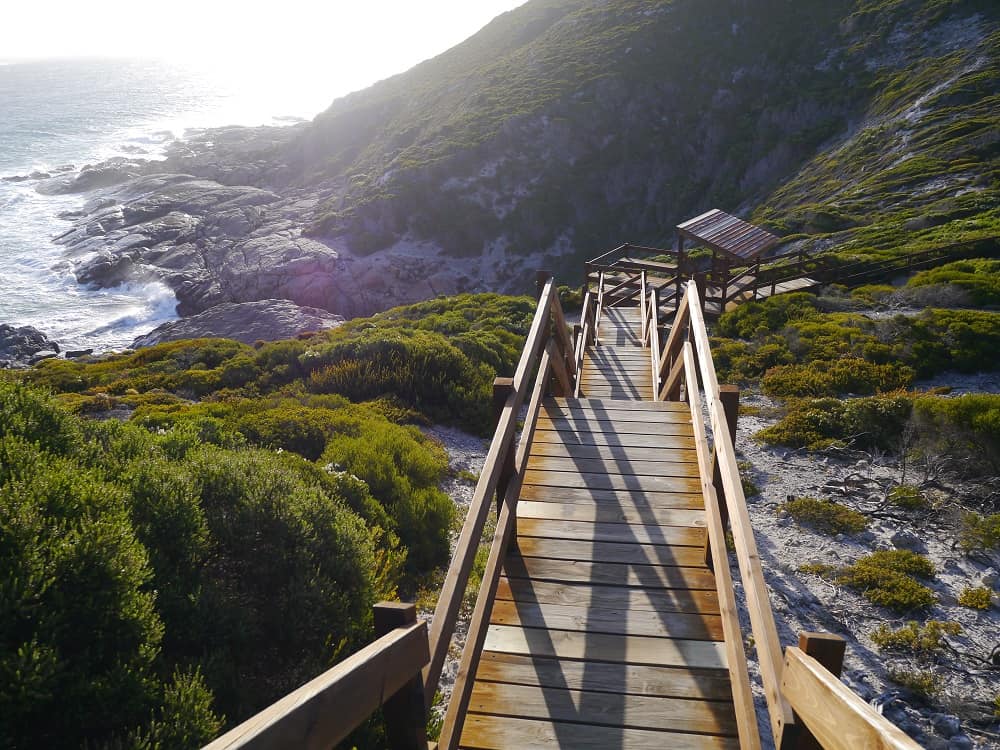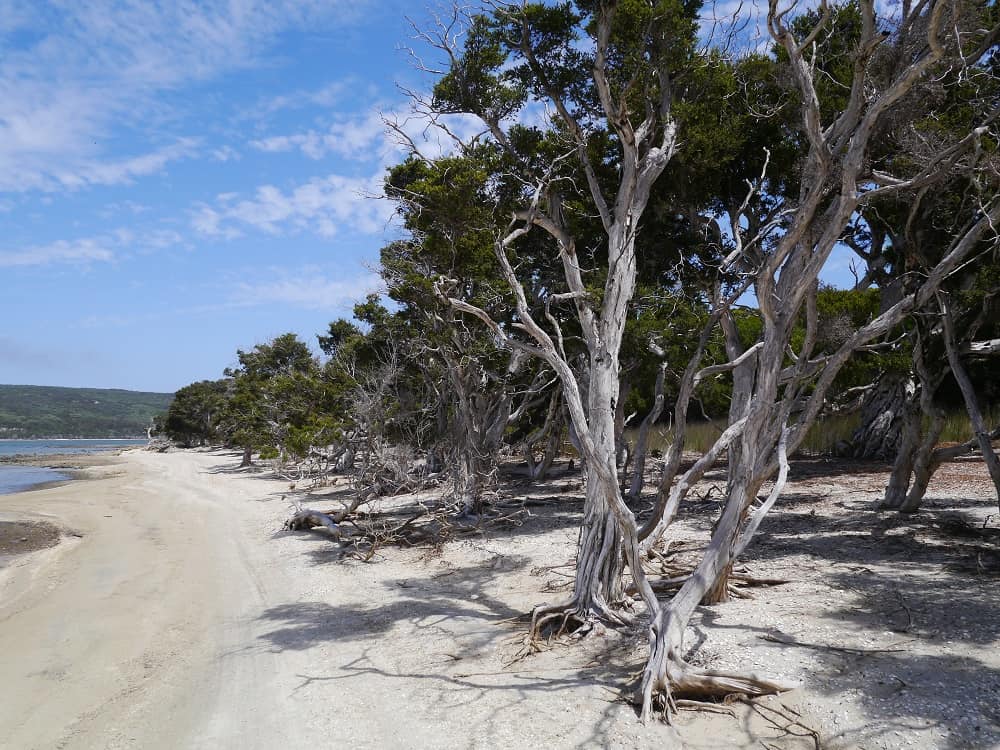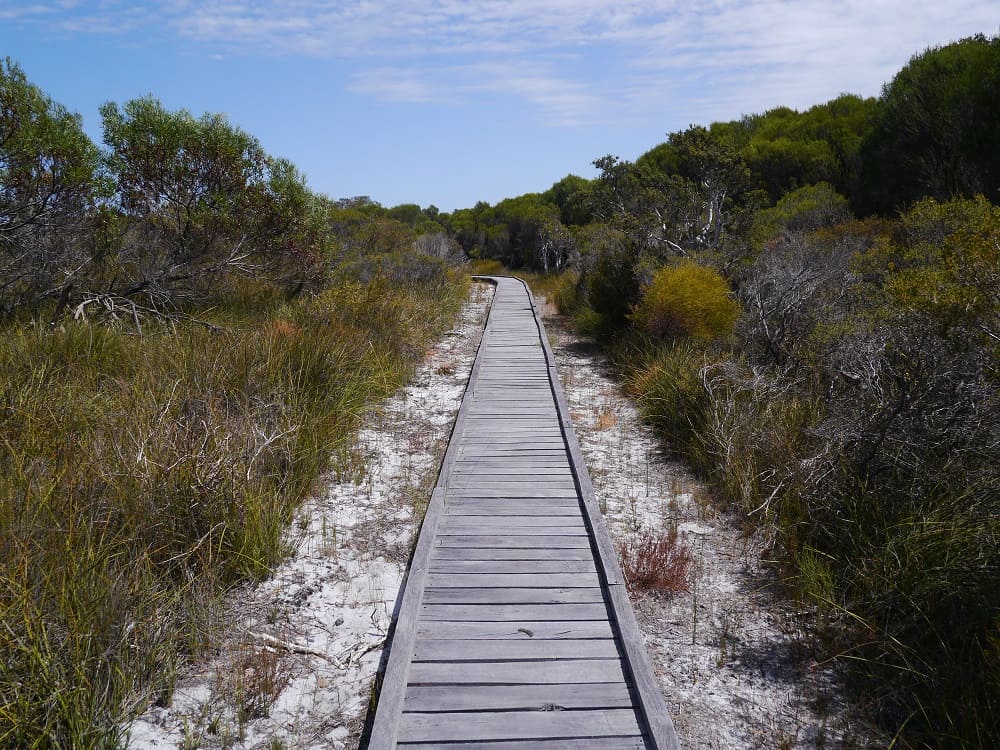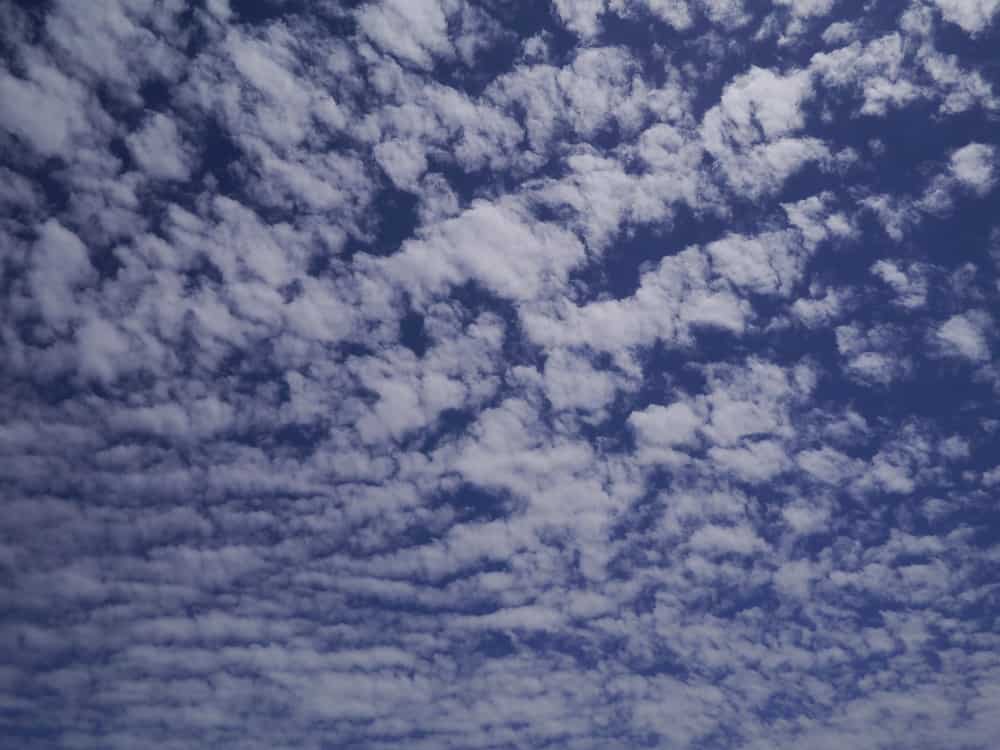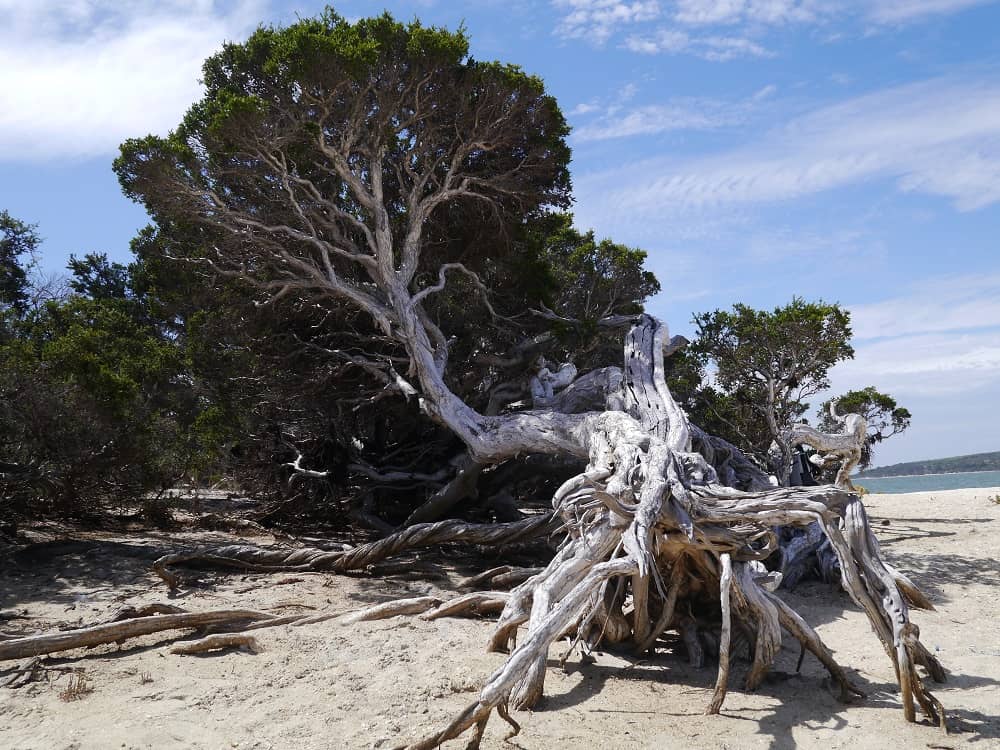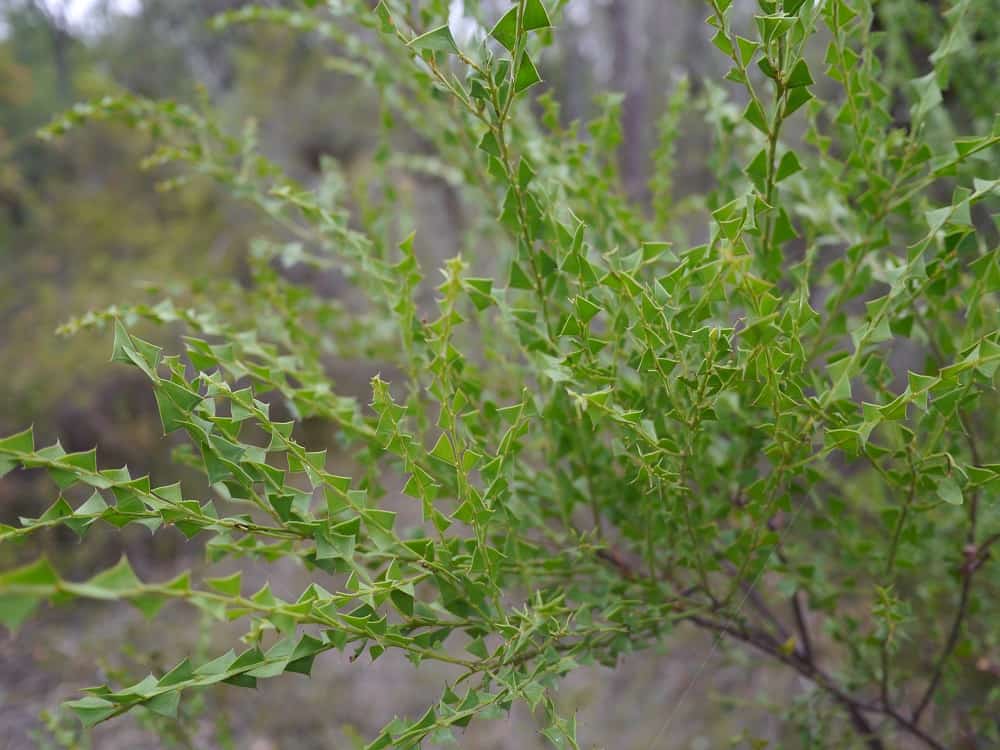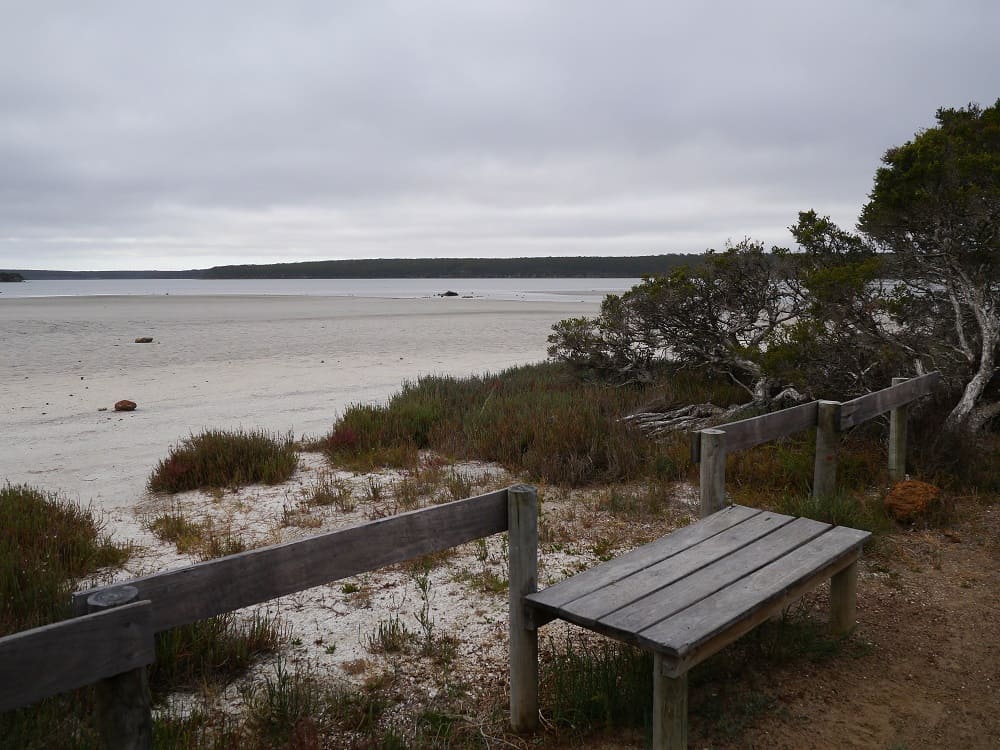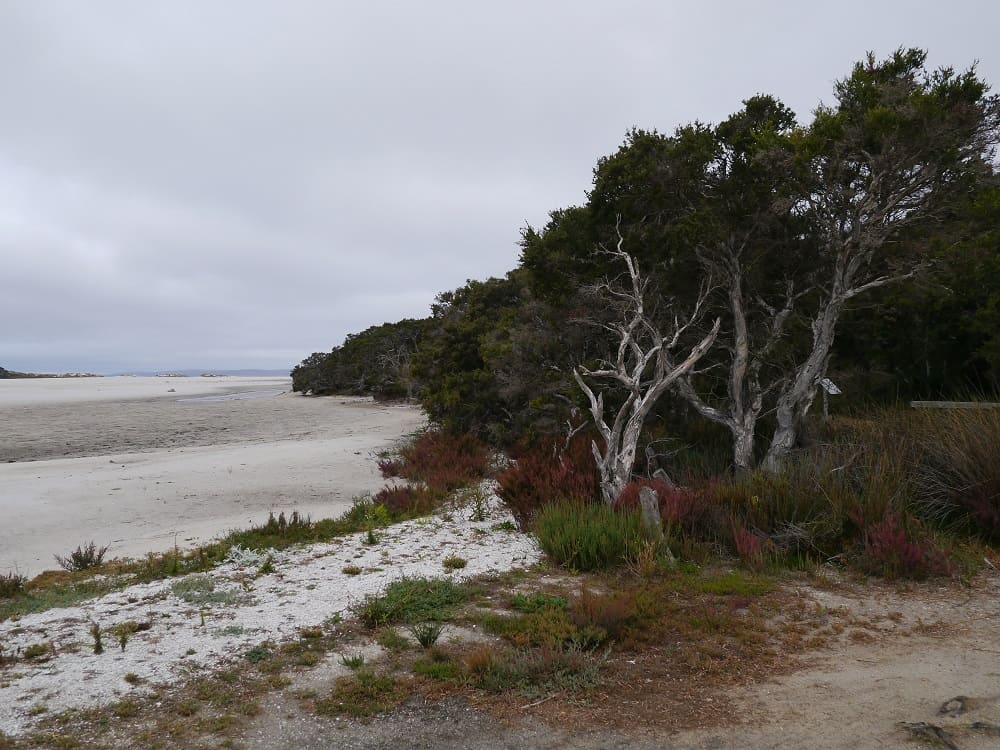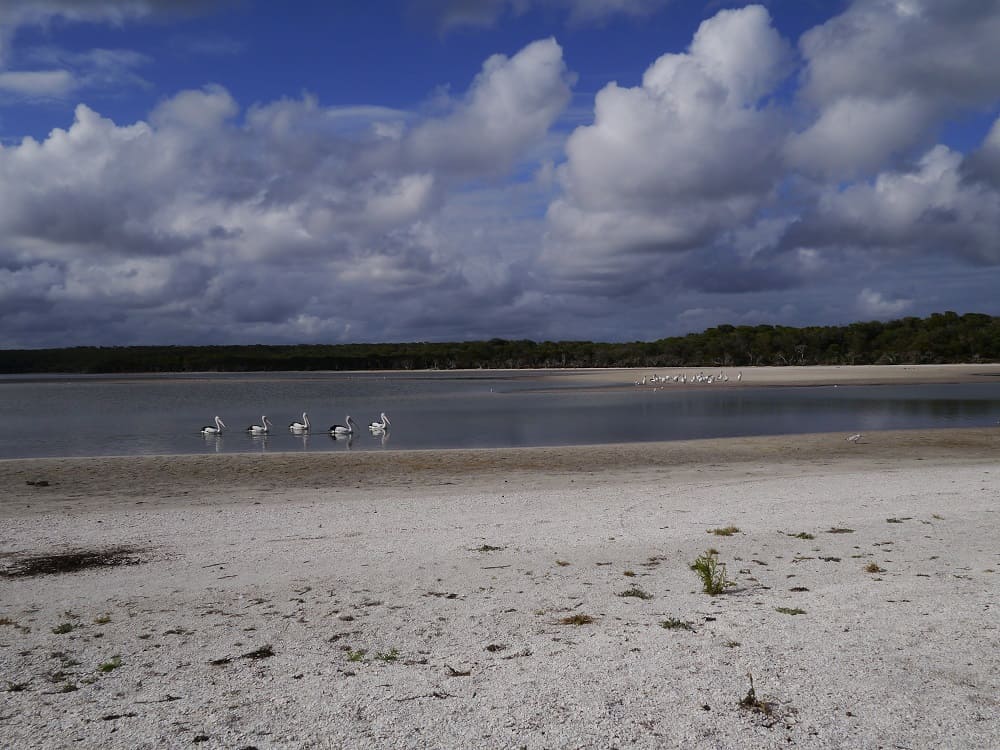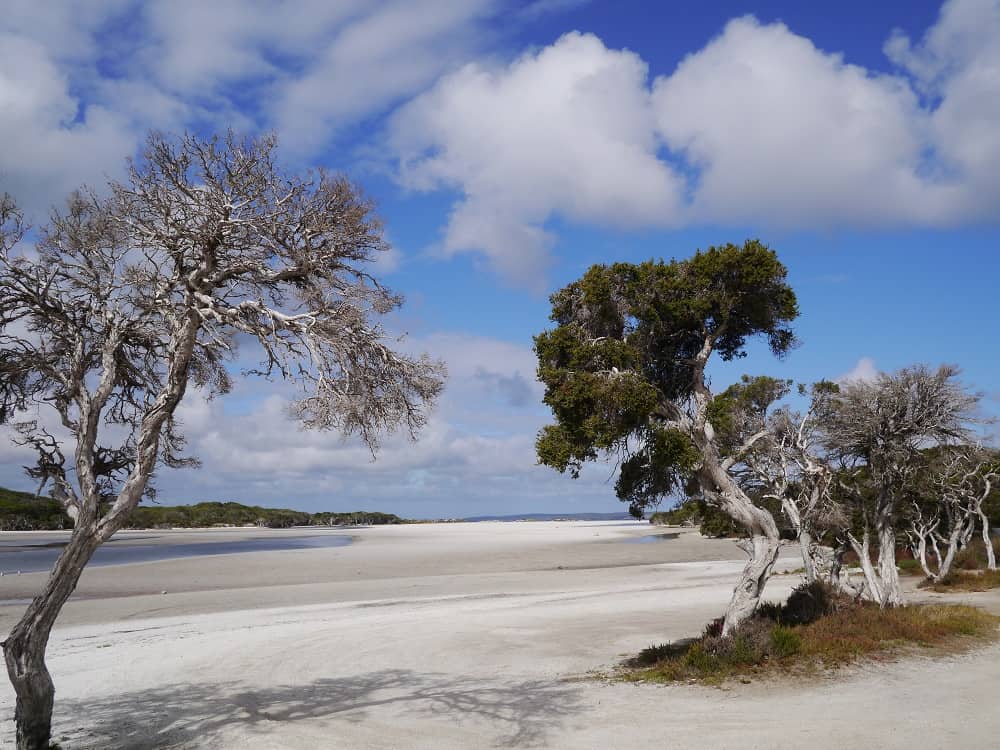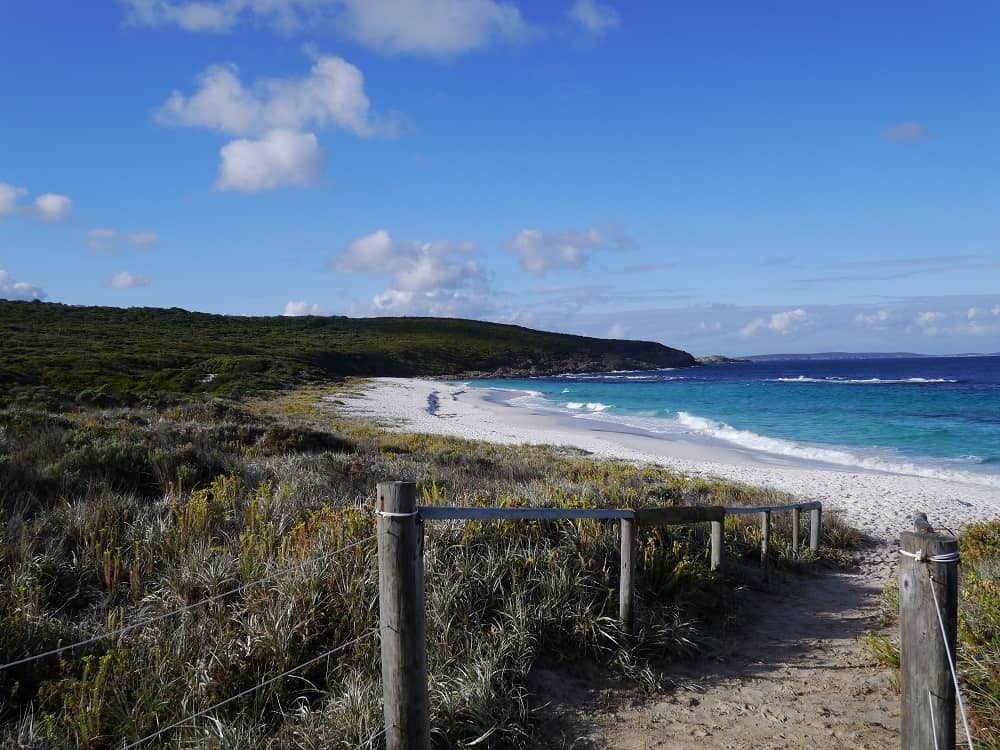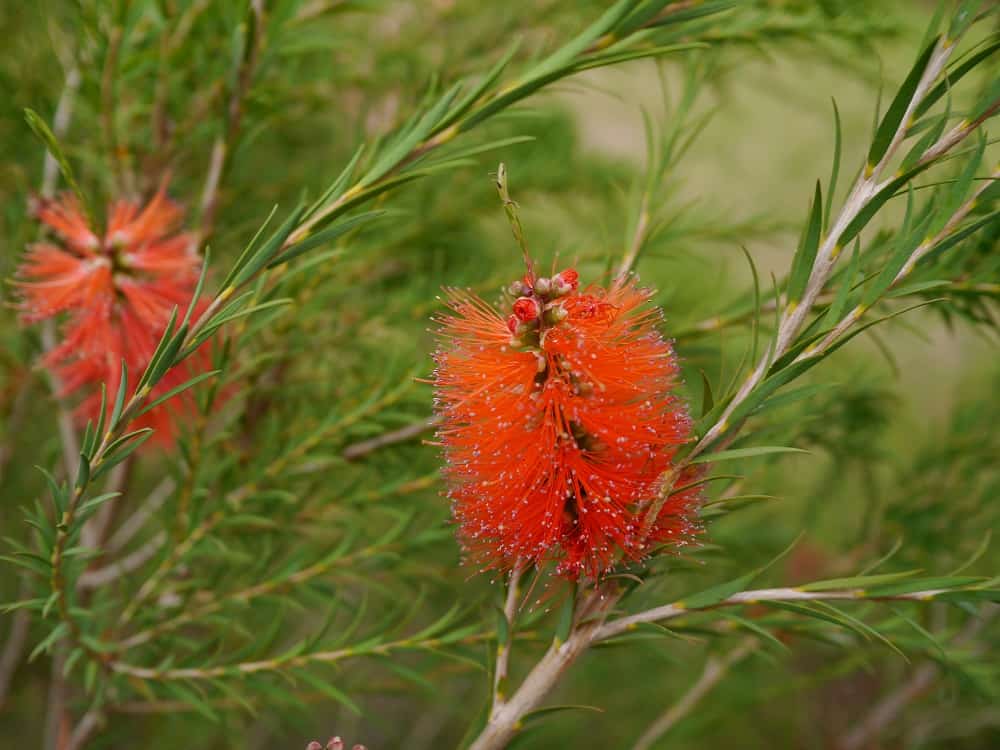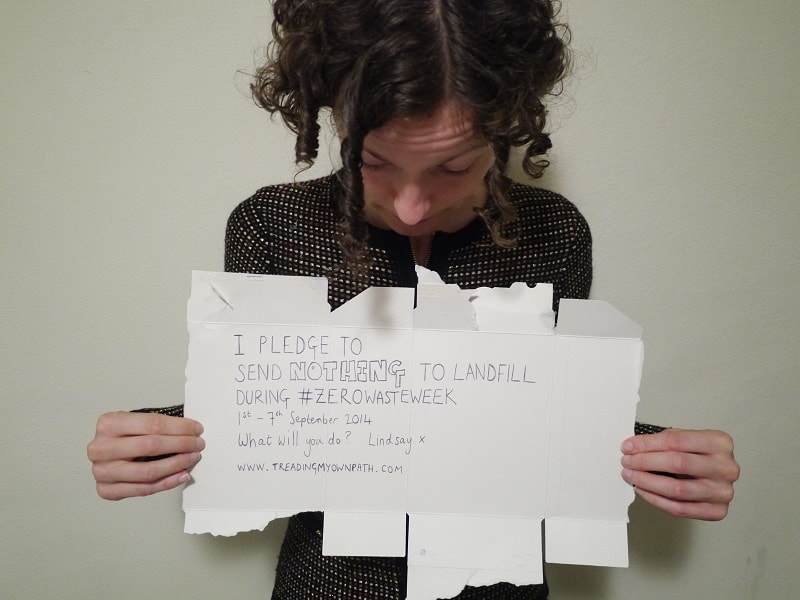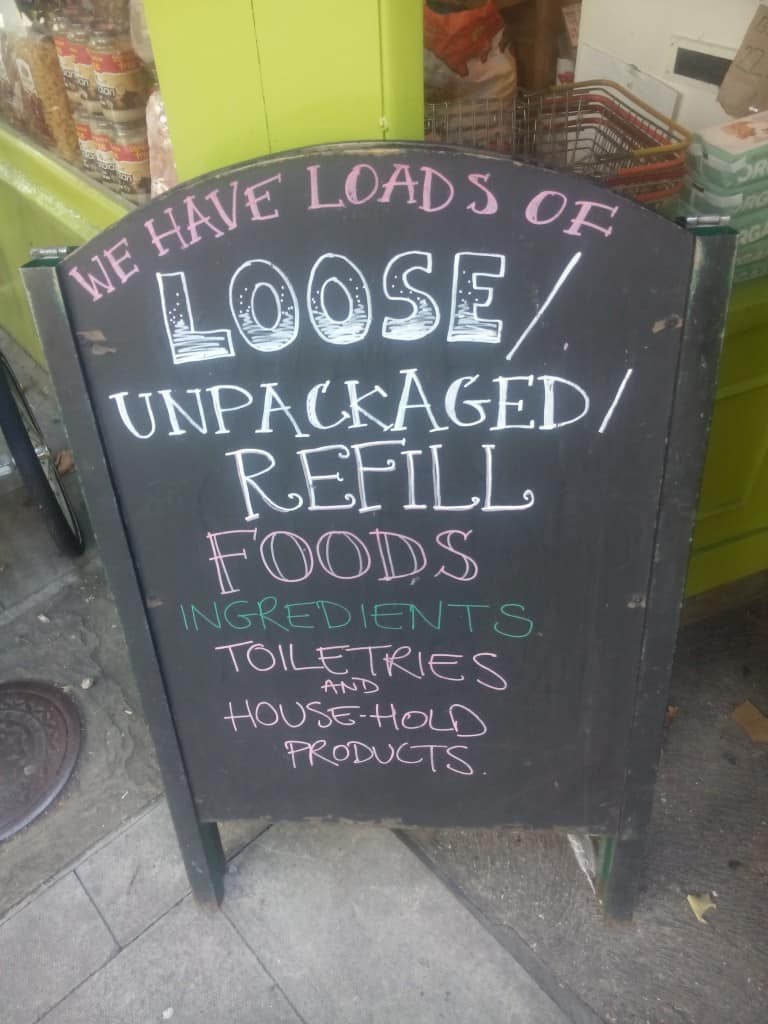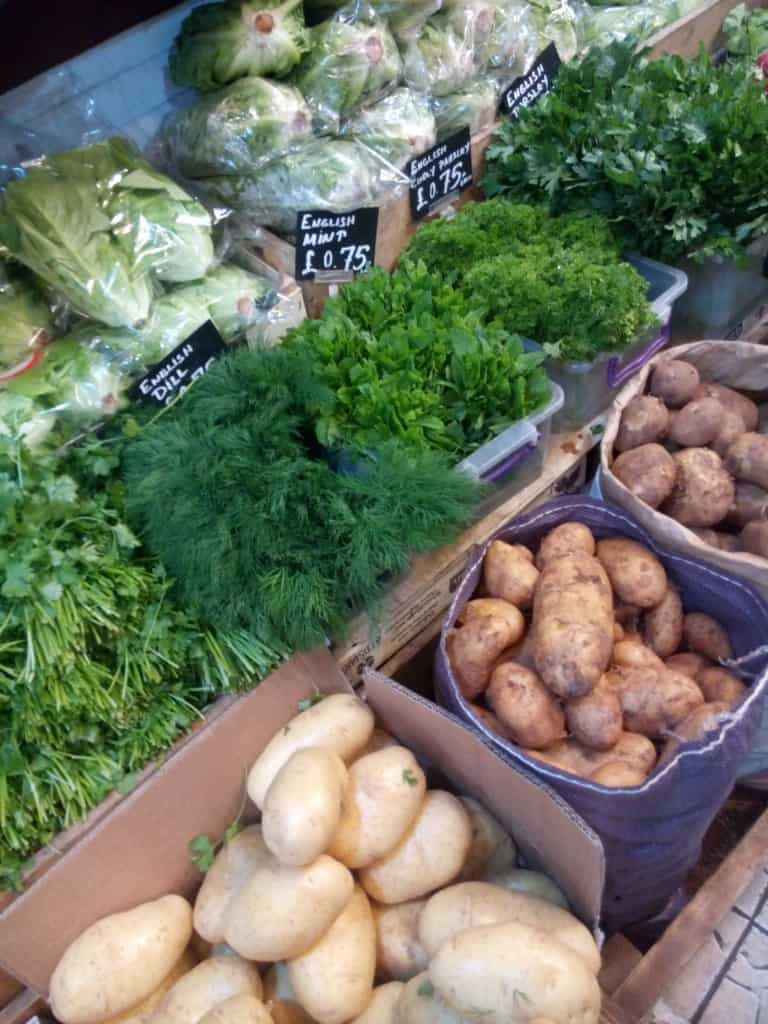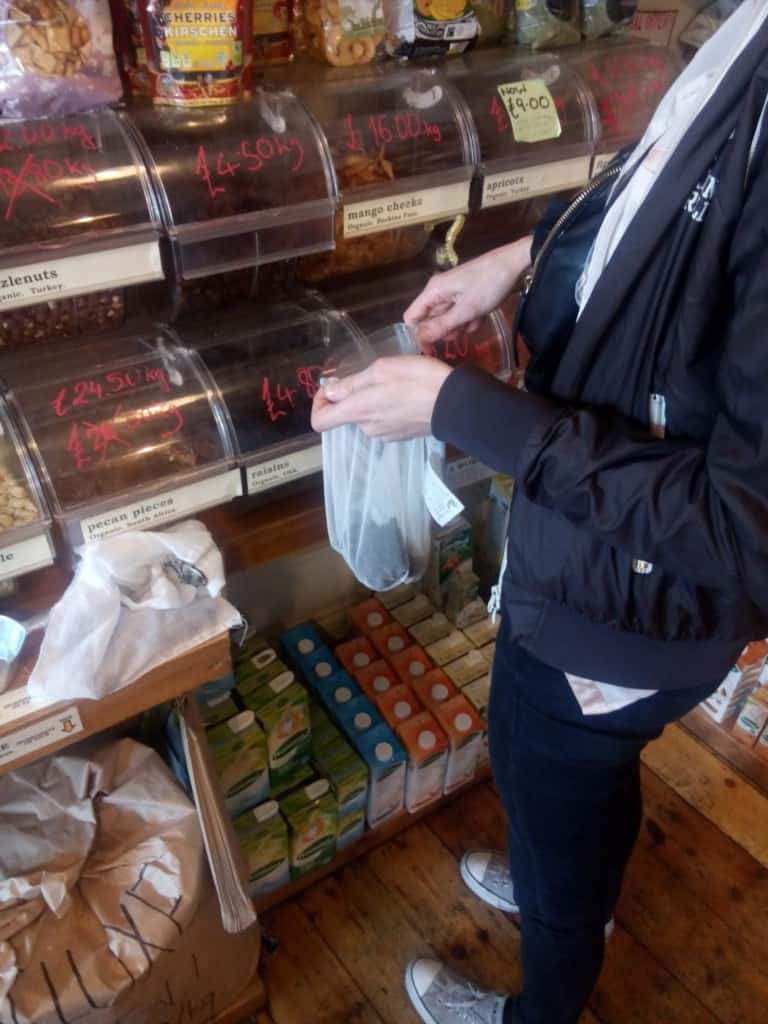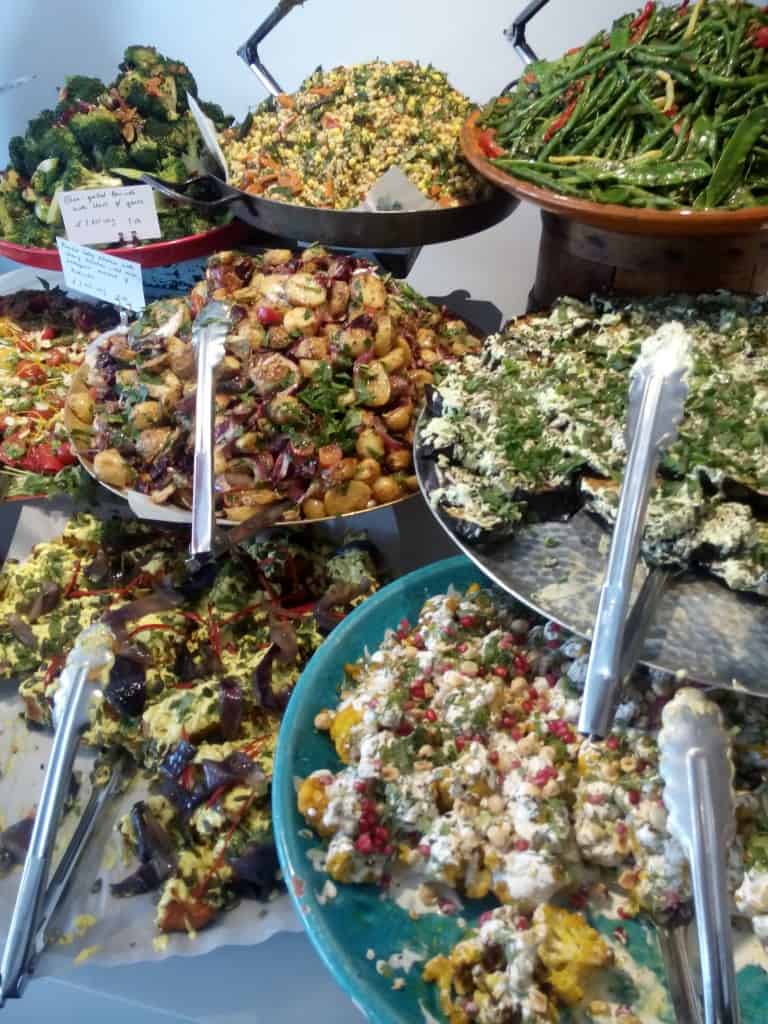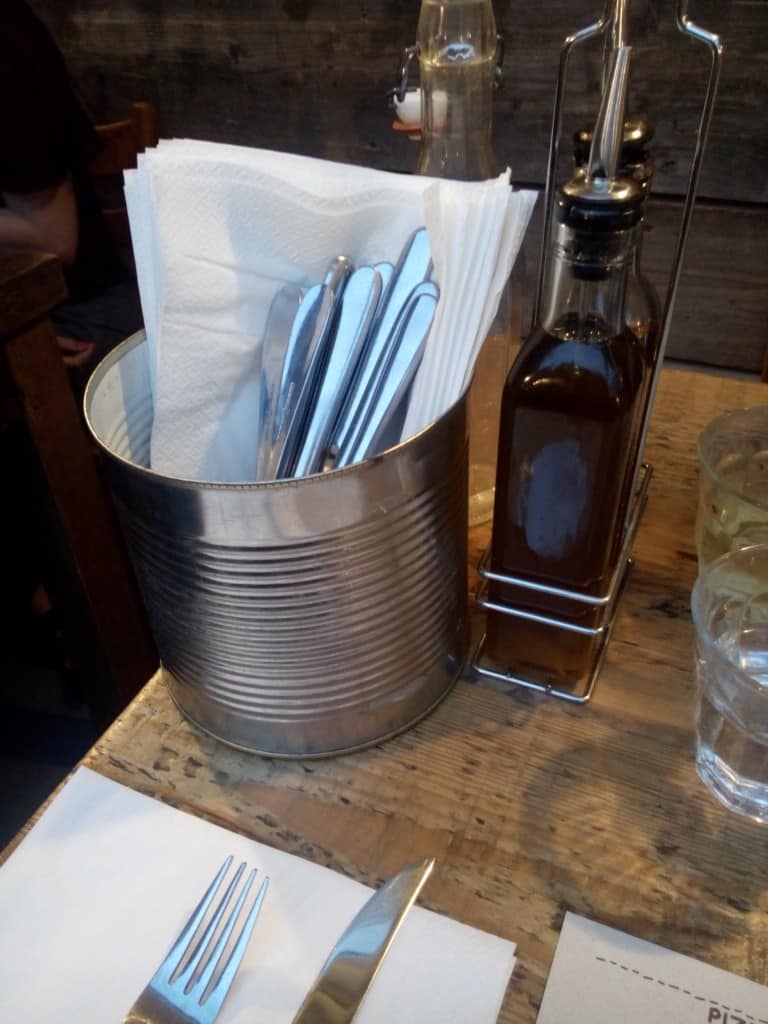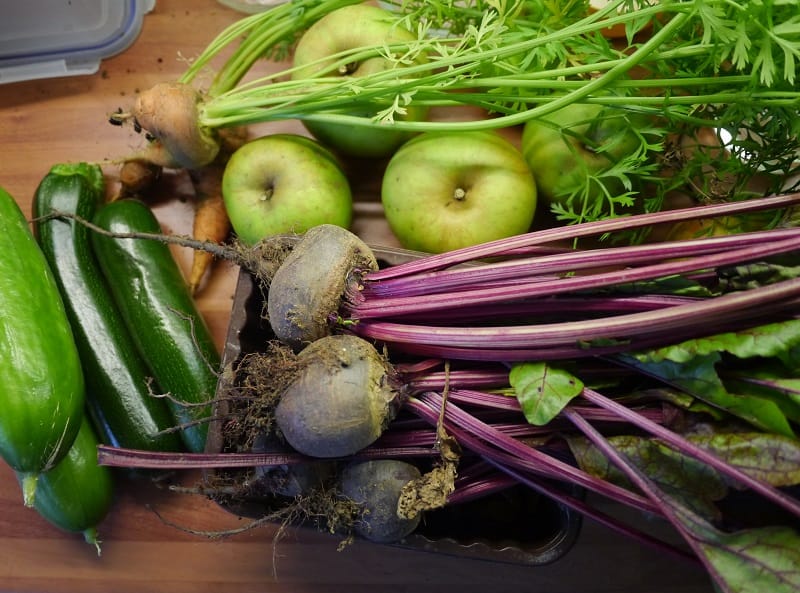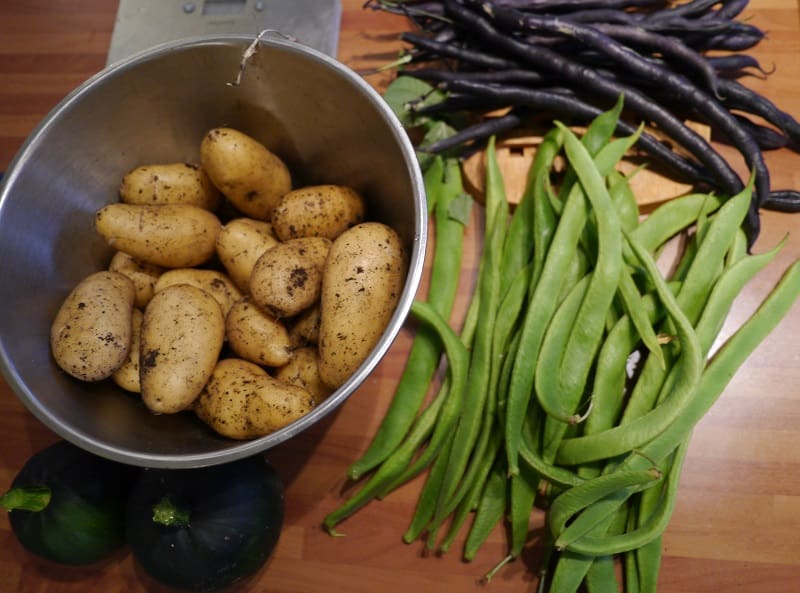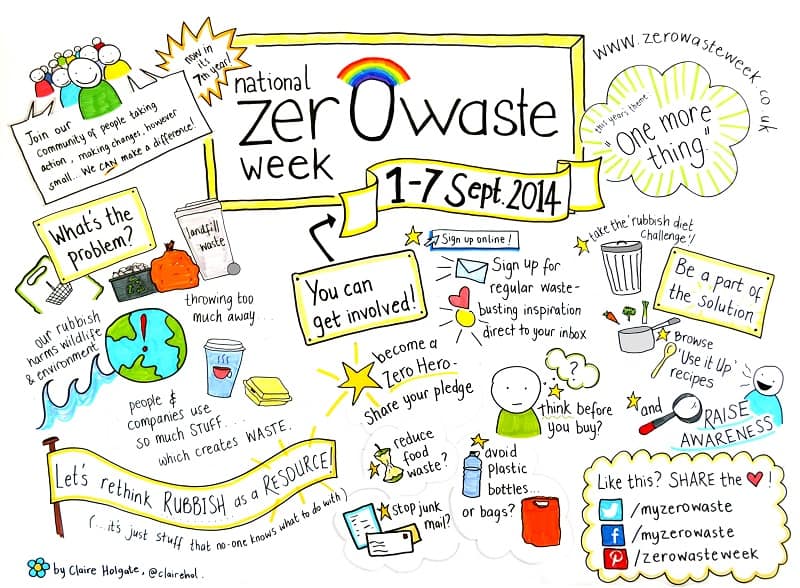The Good Day Out: Organising a Public Zero Waste Event
When I found out that my local council were planning a new community event with a focus on sustainability, and looking for community members to join the Organising Committee, I jumped at the chance. I wanted to do my bit. A big part of any event is waste, and waste minimisation happens to be my favourite topic! How exciting to showcase what can be done in my own neighbourhood? :)
My objective was to run a zero waste event. By zero waste, I meant no plastic (compostable, biodegradable or otherwise), no sytrofoam and no single use packaging. Whilst everyone was in agreement to ban plastic bags and balloons and other single use items from the day, the idea of banning single use packaging altogether was something very new to the council.
Could we provide reusables? Where would we source them? How would it work? Would we manage demand? Who would wash them up? What about health and safety? Would vendors get on board? How would the public react?
I put together a proposal for how I thought it could work, based on my experience with running other events, and the experiences of others I knew who’d run similar events.
Fortunately, the rest of the team were up for the challenge, and so I got to work planning and scheming :)
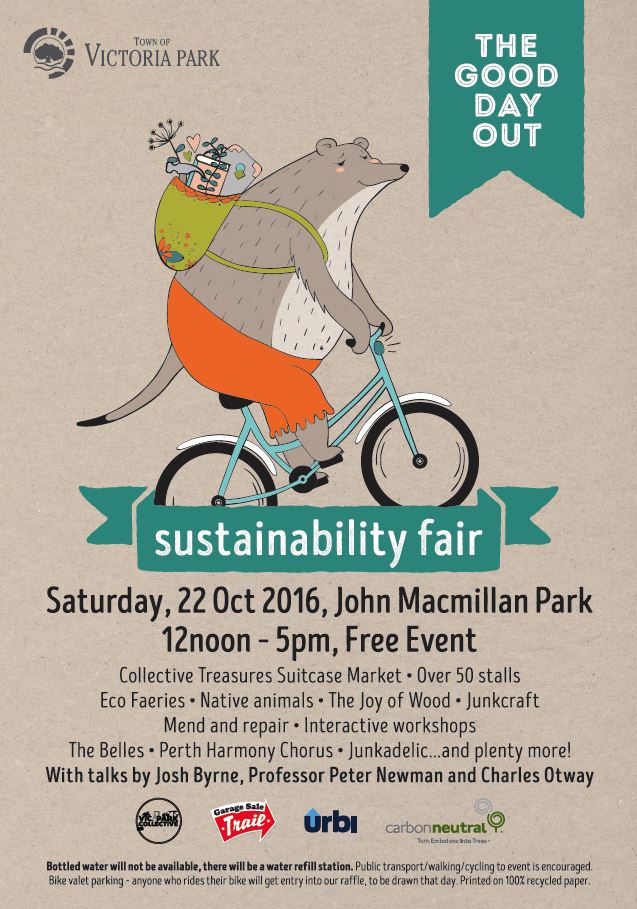
Our Proposal: Running a Zero Waste Event
All of our team had different roles and responsibilities with planning and running the event, and my responsibility was sustainability and waste. There were lots of other great sustainability initiatives in other areas (it was the overarching theme, after all) but my major focus was waste minimisation.
Our event was held in a local park, outdoors, with power and water available.
The first step was to outline our sustainability criteria, thinking about what would be practical and achievable. One of the key components was running a washing up station, which meant that we could request that all vendors used reusables rather than disposable packaging. Stallholders and food vendors who applied to attend had to agree to comply with our sustainability policy.
Here are some of the criteria for stallholders at the event:
- No use of styrofoam or plastic (including bags);
- No selling of bottled water;
- No single-use packaged samples of wares;
- No single-serve sauces, sugar sachets or condiments;
- No balloons at the event;
- Local suppliers considered where possible;
- No single use packaging for food/drink;
- Provide information on the source of all food and beverages, especially if fair trade or local;
- Provide a vegan/vegetarian option;
- Use recycled, sustainable, upcycled goods in workshops.
Whilst we asked that stallholders comply with our rules, we also provided the following to make it easier for them:
- We provided reusable cutlery and crockery free of charge for vendors to use, and a free washing-up service;
- We took responsibility for ensuring dirty dishes and empties were collected, and stallholders were restocked with clean crockery, cutlery and glassware;
- We discussed crockery and cutlery with each vendor to ensure its suitability to their needs.
In addition, we made the following provisions:
- We hired a water tank with water fountain and tap attachments to provide drinking water to attendees;
- We hired crockery and cutlery for use during the event;
- We organised a team of volunteers to wash up;
- We posted signage to ensure people understood what we were doing, and why;
- We ordered some extra bins to collect food and compostable waste, to take off-site and compost;
- We organised “bin fairies” to stand by the bins and help people put the right thing in the right bin!
On the Day: a Zero Waste Event in Action!
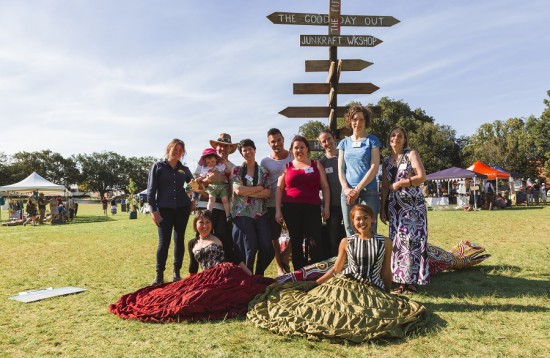
The Good Day Out Organising Committee (plus two performers who photobombed our pic!) Photo credit: K.A DeKlerk Photography
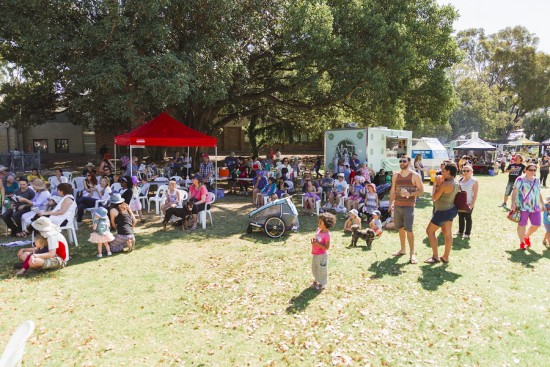
Our washing up station positioned in between the stage seating area and the food vendors, under a lovely big tree. Photo credit: K.A DeKlerk Photography
I’d love to tell you that it was perfect, but of course it wasn’t. There is plenty to improve on next year! For all the shortcomings, the day did work well, and the amount of single-use packaging we saved from landfill was tremendous.
One frustration was a food stall added last-minute to the event due to a cancellation. There was no opportunity to speak to them in detail about crockery before the event, and the products we hired weren’t suitable. They used cardboard-style compostable trays, and we collected these to compost.
It could have been worse (they could have used plastic!), but from a single-use perspective and also our objectives, it was not ideal, especially as it could have been avoided.
The juice vendor were at one stage handing out plastic straws, and plastic Biocups. They removed the straws when asked: they even put reusable metal straws on sale instead. They denied giving out the Biocups (I saw the Mayor put a plastic Biocup with a plastic straw that he’d been drinking from in the recycling bin – fails all round!) but did remove them from display after I mentioned it. They handed out a few disposable coffee cups too, despite having our mugs.
But overall, support from vendors, volunteers and the public was great. Looking at the bins at the end of the day and seeing them not even half full made my heart sing! And once everything was packed up, there was barely any litter in sight. Maybe not zero waste, but definitely near-o waste :)
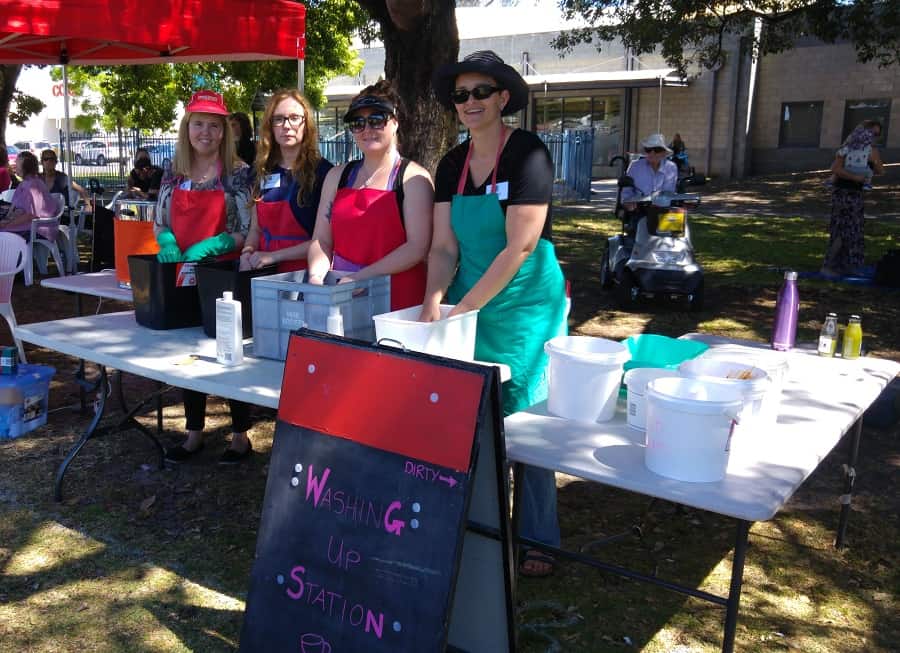
The washing up station with some of the morning volunteers. The buckets on the right were for food scraps and compostable waste, and soaking cutlery. Almost out of view on the left hand side (behind the volunteers) is the table behind is the hot water urn. The final rinse uses sanitizing solution and water above 72°C to meet Health and Safety guidelines, and everything is air dried.
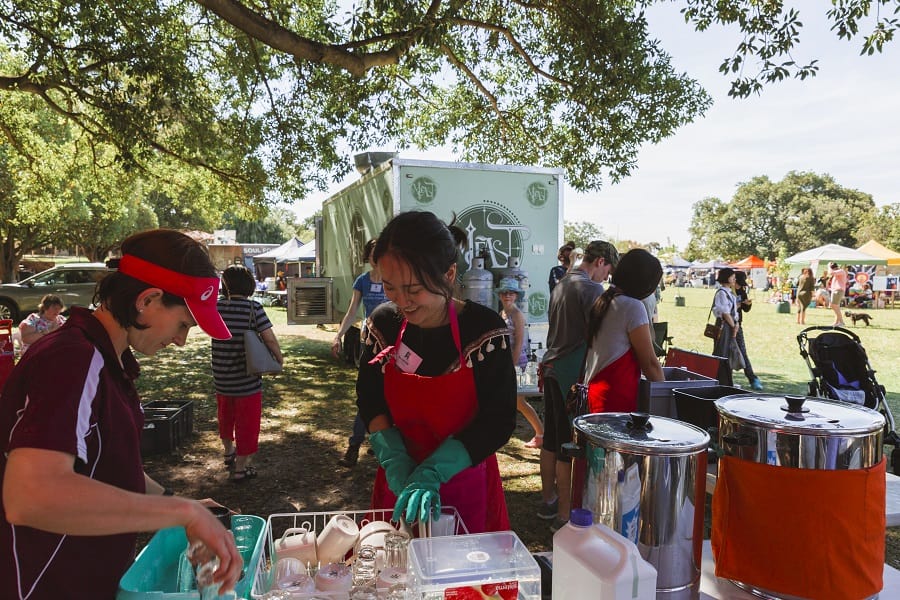
The washing up station in action! Photo credit: K.A DeKlerk Photography
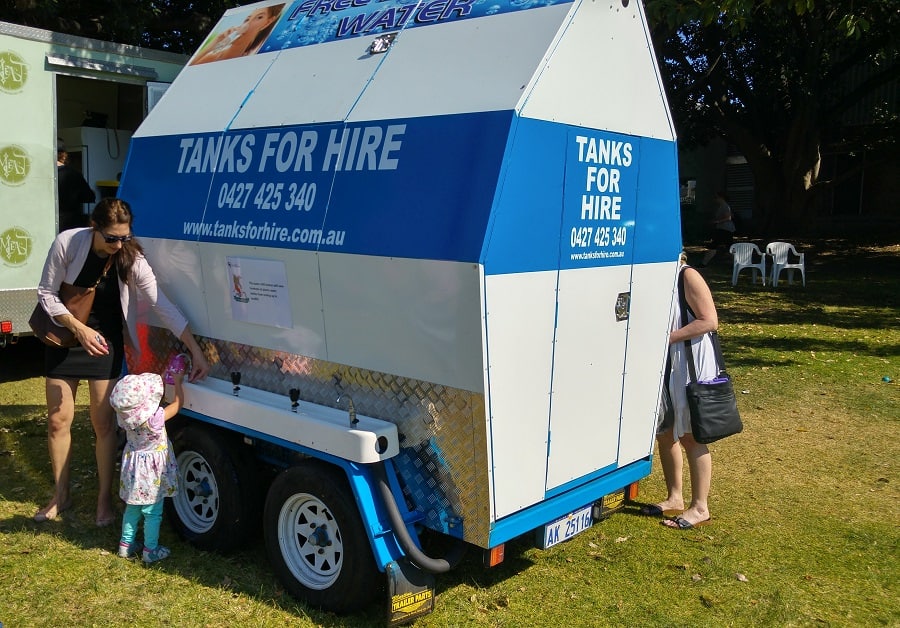
The water refill station. There are water fountain attachments and taps for patrons to refill their own water bottles – no single use plastic required!
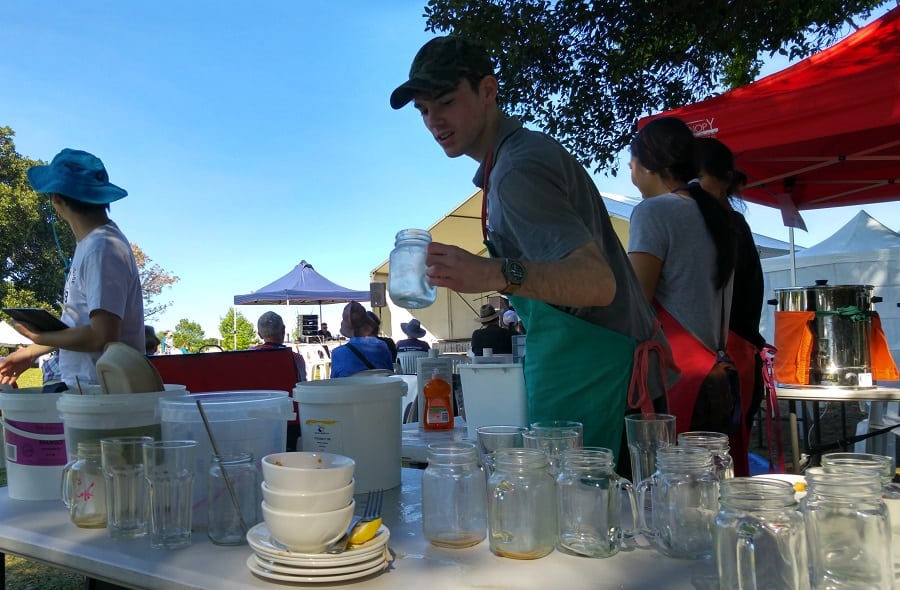
Dirty dishes at the washing up station. The hot water urn, which is a key part in sanitizing the dishes, is to the right of the image. The straw you can see is a reusable metal one!
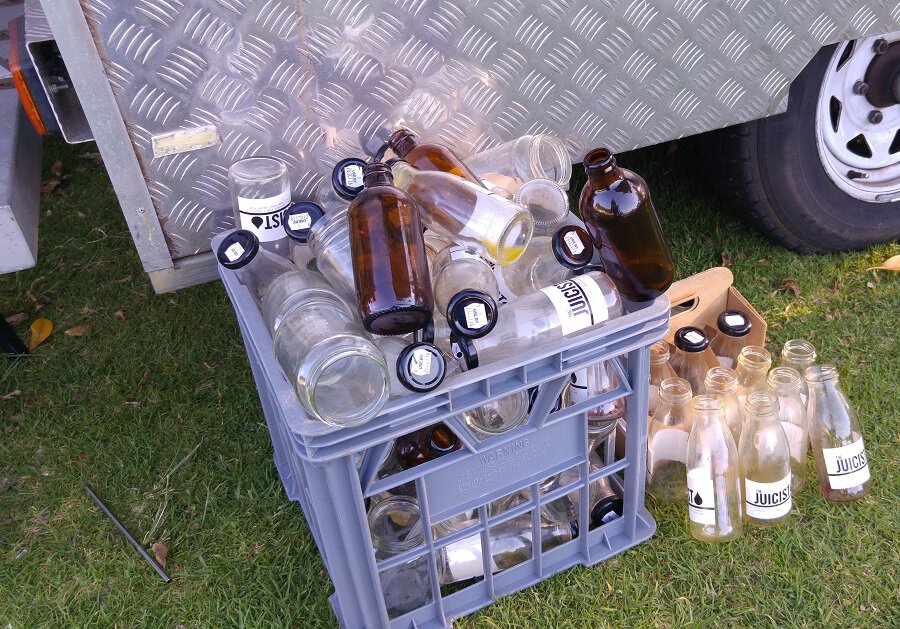
The juice vendor sells juice in returnable glass bottles, which they refill. I personally fished 30 or so bottles out of the bin to return to them. More signage next year! (The straw on the ground is a metal one.)
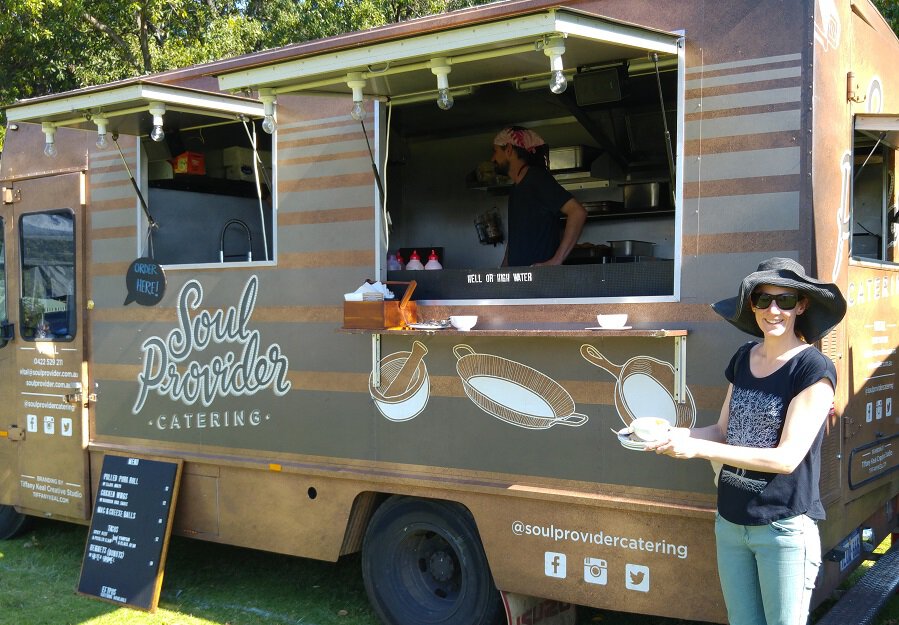
Collecting dirty dishes from the food vendors. Soul Provider were absolutely amazing in supporting us, using only our reusable dishes and never falling back onto disposables. Plus they never stopped smiling! :)
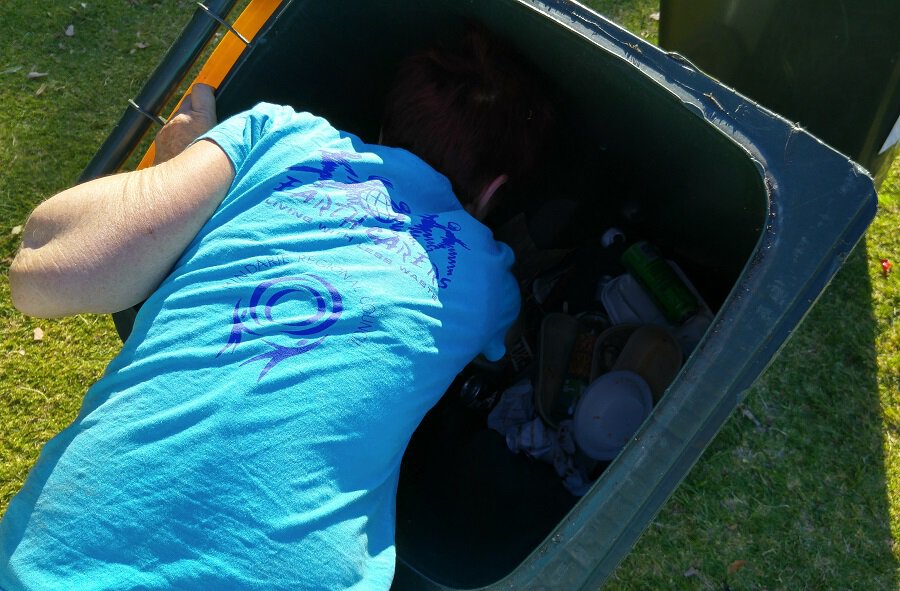
Rummaging through the bins at the end of the day. This was one of our two recycling bins. They were 240 litres, and were not even half full. We managed to remove some glass bottles for reusing, and removed all the compostable cardboard trays (which had food on them) for composting.
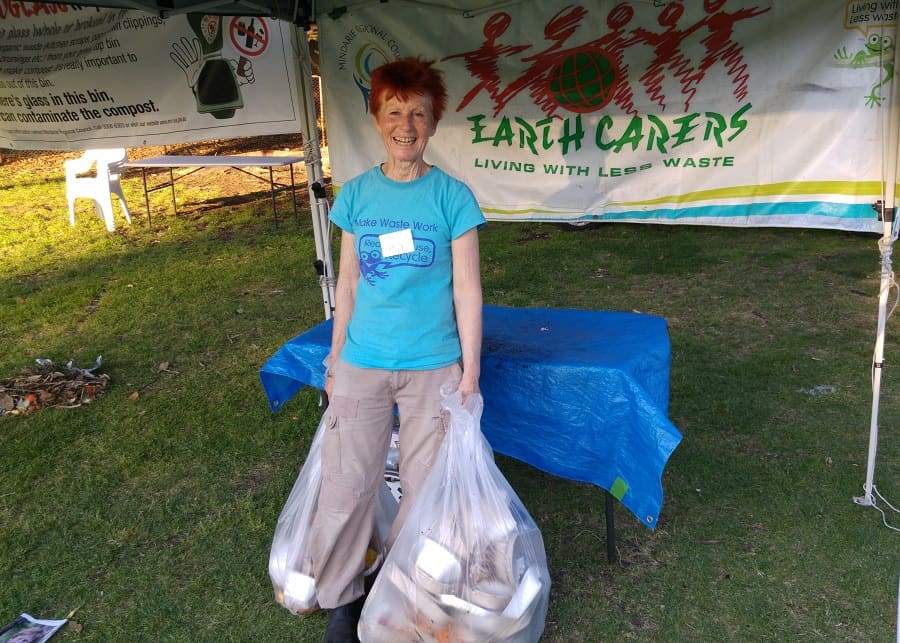
This is Peg, with all of the compostable waste we collected. We had a ‘Compostable Waste’ bin and also collected food scraps at the Washing Up Station, but we still retrieved a bit from the other bins. Yes, it is in plastic bags. The bins had already been lined when we came to empty them. I assure you Peg will be reusing these bags many times!
What worked well:
- Team spirit! The whole Organising Committee was on-board with the idea of reusables from the start, so it never felt like an uphill battle. The council were also receptive to the idea, so long as it was safe. We put together risk assessments and health and safety guidelines to ensure it fully complied with council requirements, and had their approval.
- Support from vendors. Our event had a coffee truck, a juice truck that also sold coffee and three food vendors. They all had varying degrees of receptiveness to what we were trying to do, but overall we were well supported. Being clear from the outset of our goals definitely helped. Interestingly, we had more support from the stalls I hadn’t expected to be on board, and less from the ones I had.
- We saved so much stuff from landfill! We had two 240 litre recycling bins, and two 240 litre rubbish bins at the event, and each bin was between 1/4 and 1/3 full. There were other permanent bins located on the perimeter of the park where the event was held, but these were mostly empty.
- The washing up station worked really well, and the team of volunteers were awesome.
- Attendees of the event were very supportive of the washing up station, and commented on what a great idea it was.Hopefully it raised awareness as to what is possible, and got people thinking.
- The water bottle refill station meant there was no bottled water at the event.
- We collected all the compostable waste from the event, and took it off site for composting.
- We sorted all of the bins by hand to ensure the correct things were in the correct bins. Yes, I personally rummaged through the rubbish after the event ;)
What could have been better:
- Signage! We did have signage, but we needed many more signs, explaining what we were doing, and why. It isn’t enough to do it – we have to tell everyone why! Plus we could have explained the system better. It would have been great to have a sign explaining our ‘no single-use packaging’ policy at each food vendor so that the staff didn’t have to explain to every single customer that rocked up what was going on. Signs telling people where to return things, and signs telling people to come and grab our plates and glasses for their own personal use. Better signs for the bins.
- More communication! This definitely comes from experience, but more conversations and more discussion are always welcome – with volunteers, with vendors and with the general public. A couple of stallholders reverted back to their disposable cups when they ran out of our glasses: this was spotted quickly, but we could have kept a better eye on it. Their priority was serving customers so as the event organisers, it was our responsibility to ensure the were well stocked.
- Bin Fairies. Because we needed so many volunteers for the washing up station, and it was a day when lots of other events were happening around the city, we didn’t man the bins for the whole day. Consequently, we found every type of waste in every type of bin. We sorted by hand after the event, but it was a missed opportunity to talk to the public about waste.
- Getting the right reusables. We hired a lot of equipment that we ended up not needing, and could have used extras of some of the other things. (Plus we had nothing suitable for the last-minute food vendor, except metal forks.) There was a feeling of it being better to have too much than not enough as it was the first year (which is true, of course!), but now we can use what we learned to choose better next time.
- Less waste. Of course, I am always going to say that! And actually, I was really impressed with how little waste there was. I’d love to eliminate the single-use compostable waste next year, and ensure we have enough reusable stock to prevent any emergency single-use packaging emerging.
I’m hoping to put together a “How to Plan and Organise a Zero Waste Event” resource in the near future, so if this is something that you’re interested in finding out more about, stay tuned!
Now I’d love to hear from you! Have you ever been to any zero waste, plastic-free of low waste events? What initiatives had they adopted, and how did they work? Was there anything that didn’t work quite as well as it might? Anything you’d have like to see improved? Have you run your own low waste events? What experiences (good or bad) do you have to share? What have been your biggest successes, and your most dismal failures? Any lessons learned? Are you hoping to organise a zero waste event, but not sure where to start? Did you come to the Good Day Out? What did you think? What were your favourite bits, and what could be improved on next year? Anything else you’d like to add? Please share your thoughts and experiences in the comments below!
[leadpages_leadbox leadbox_id=1429a0746639c5] [/leadpages_leadbox]

